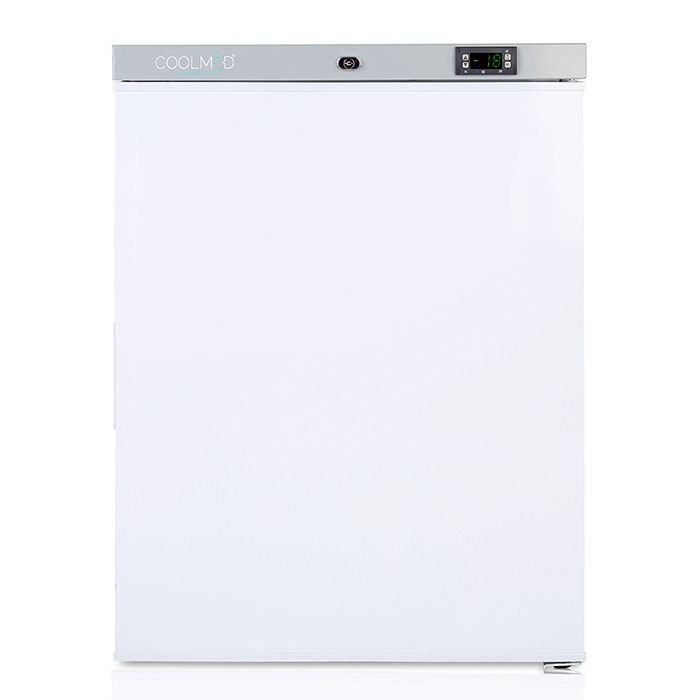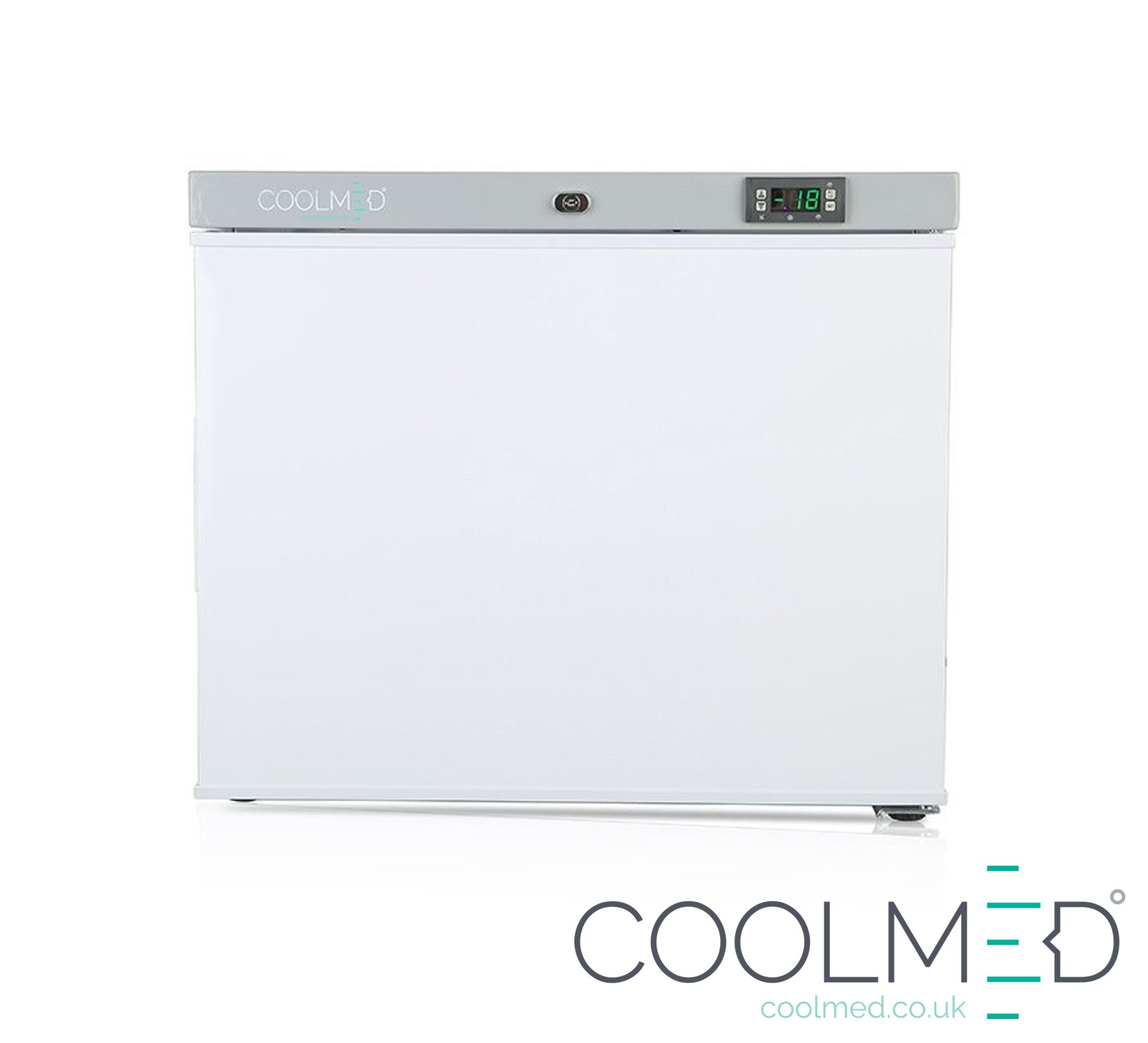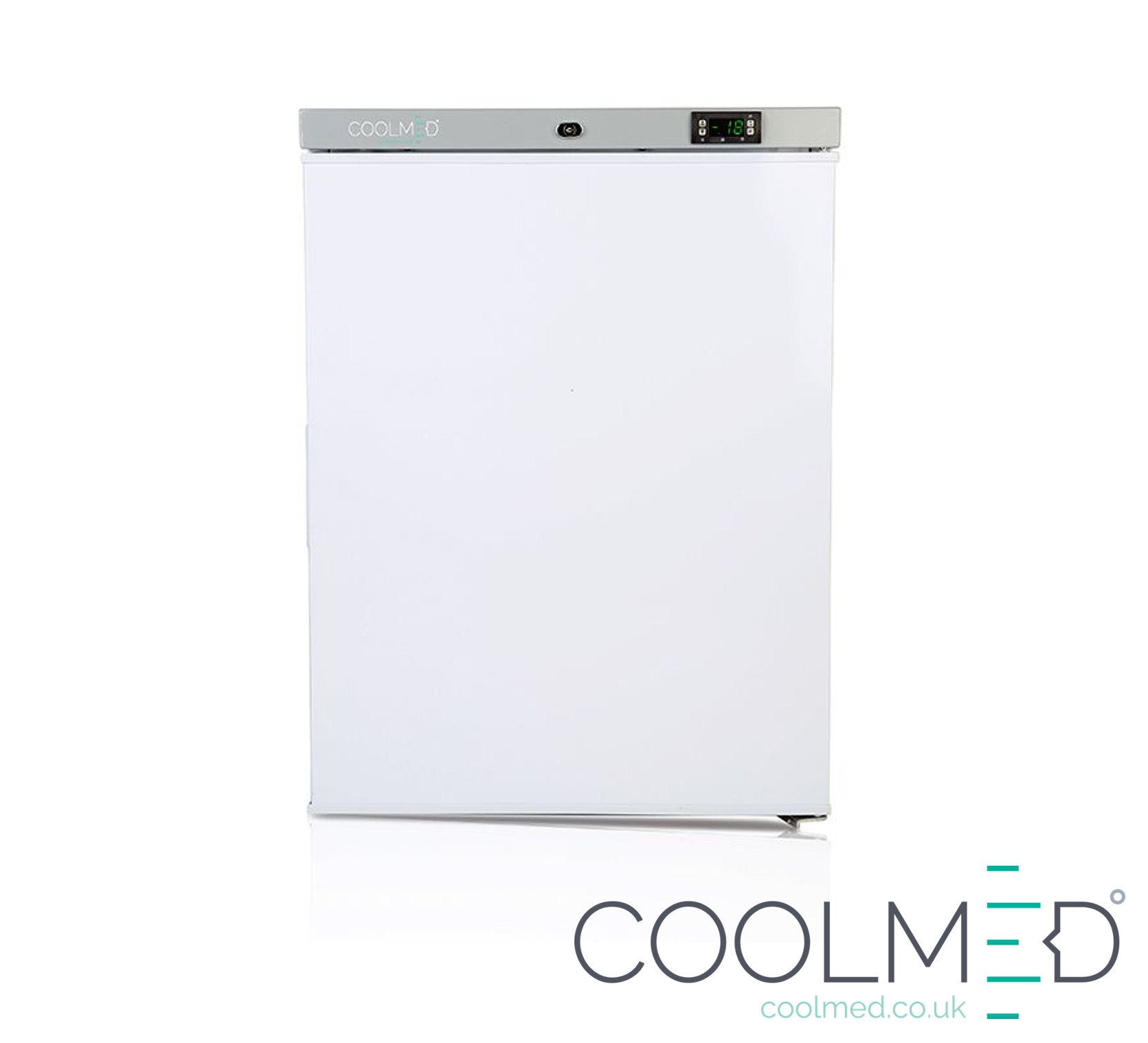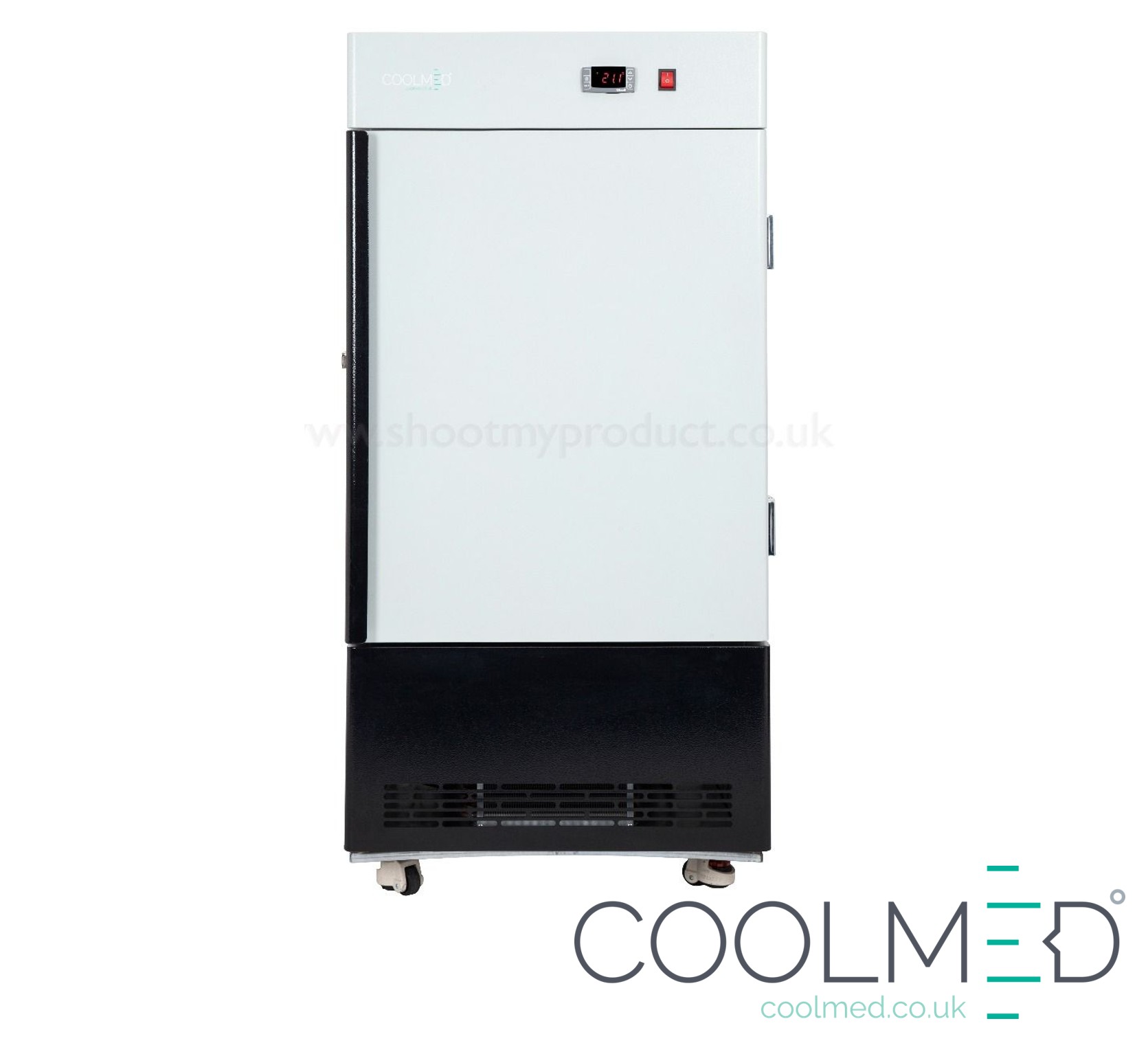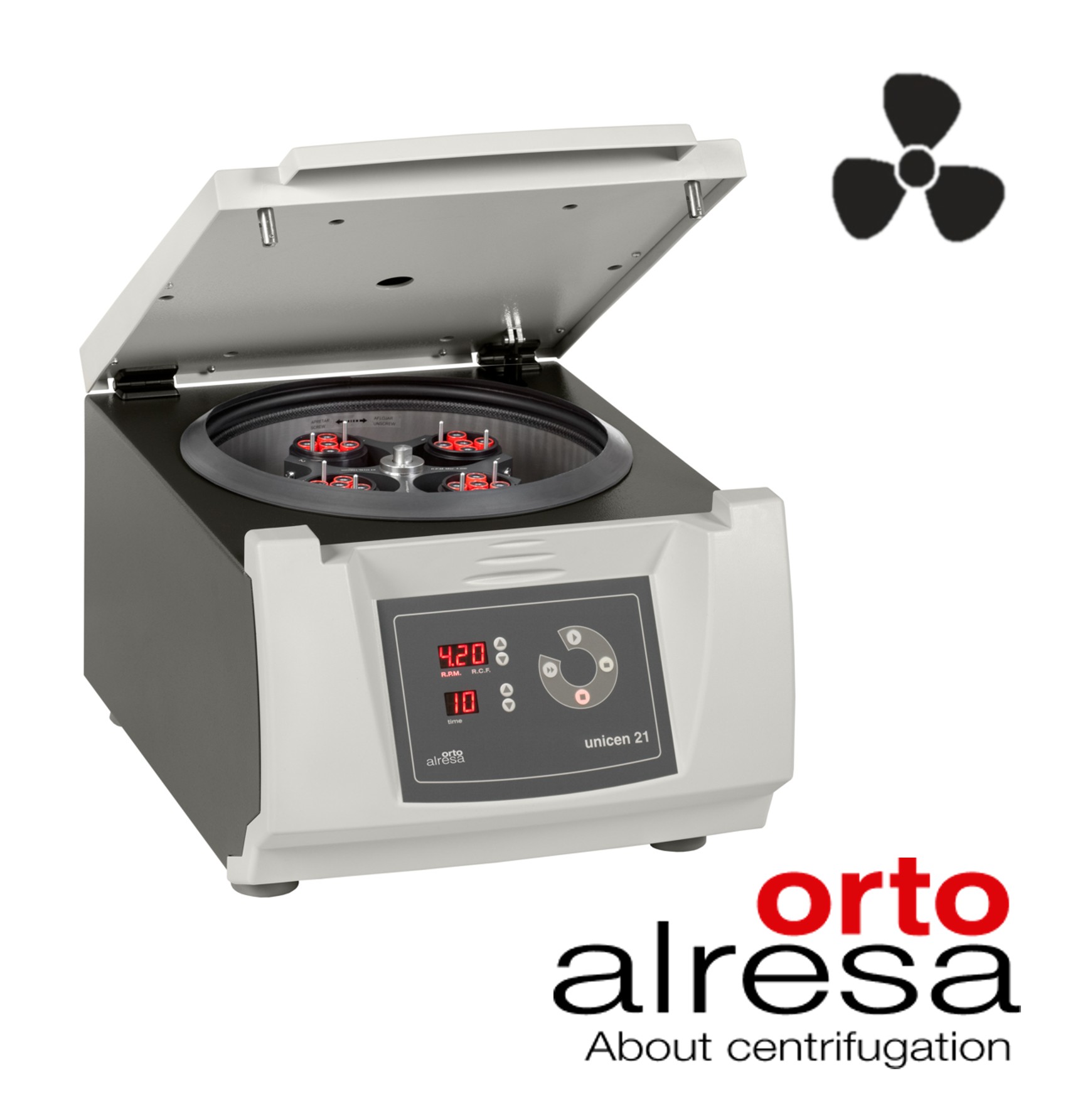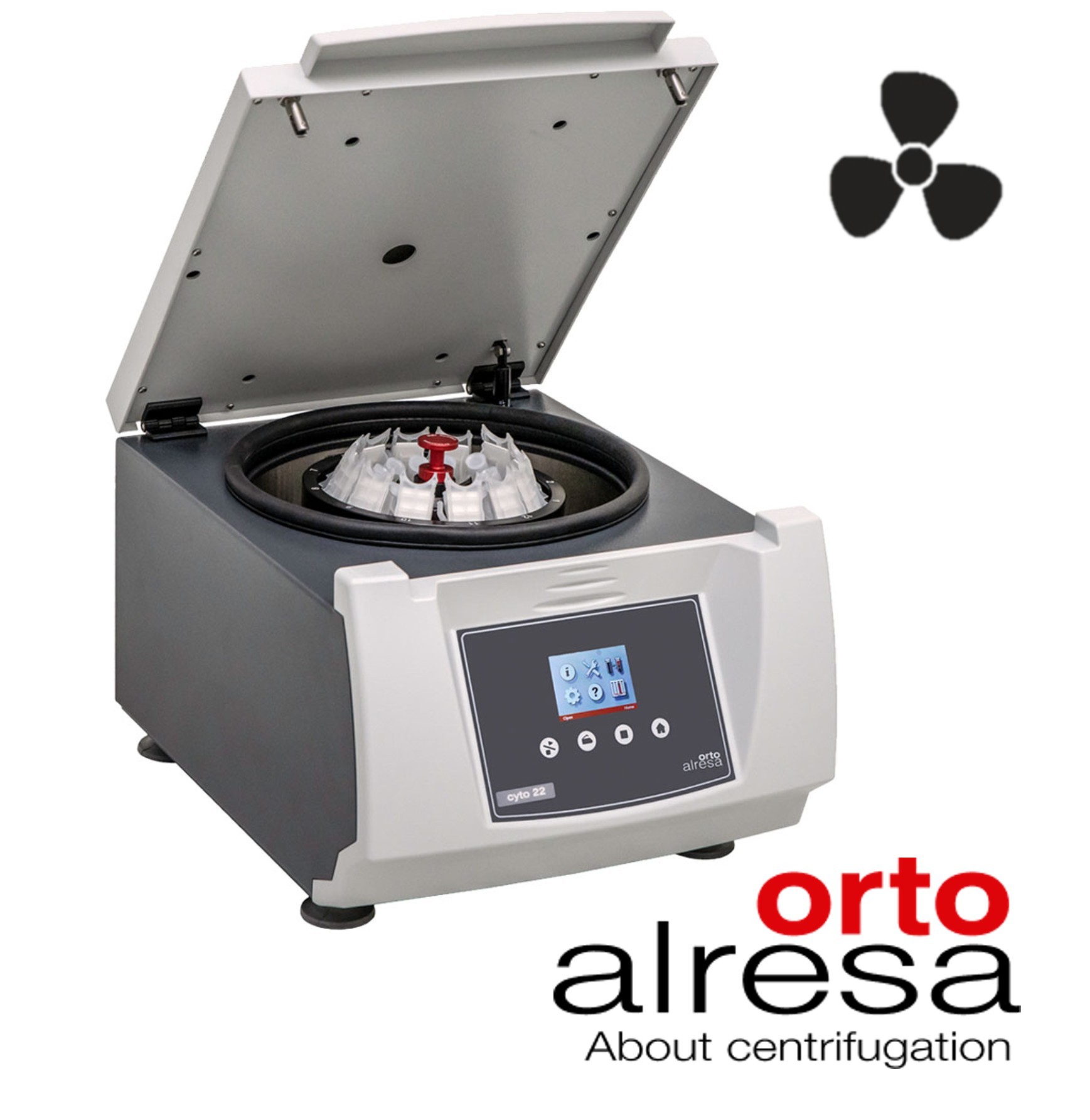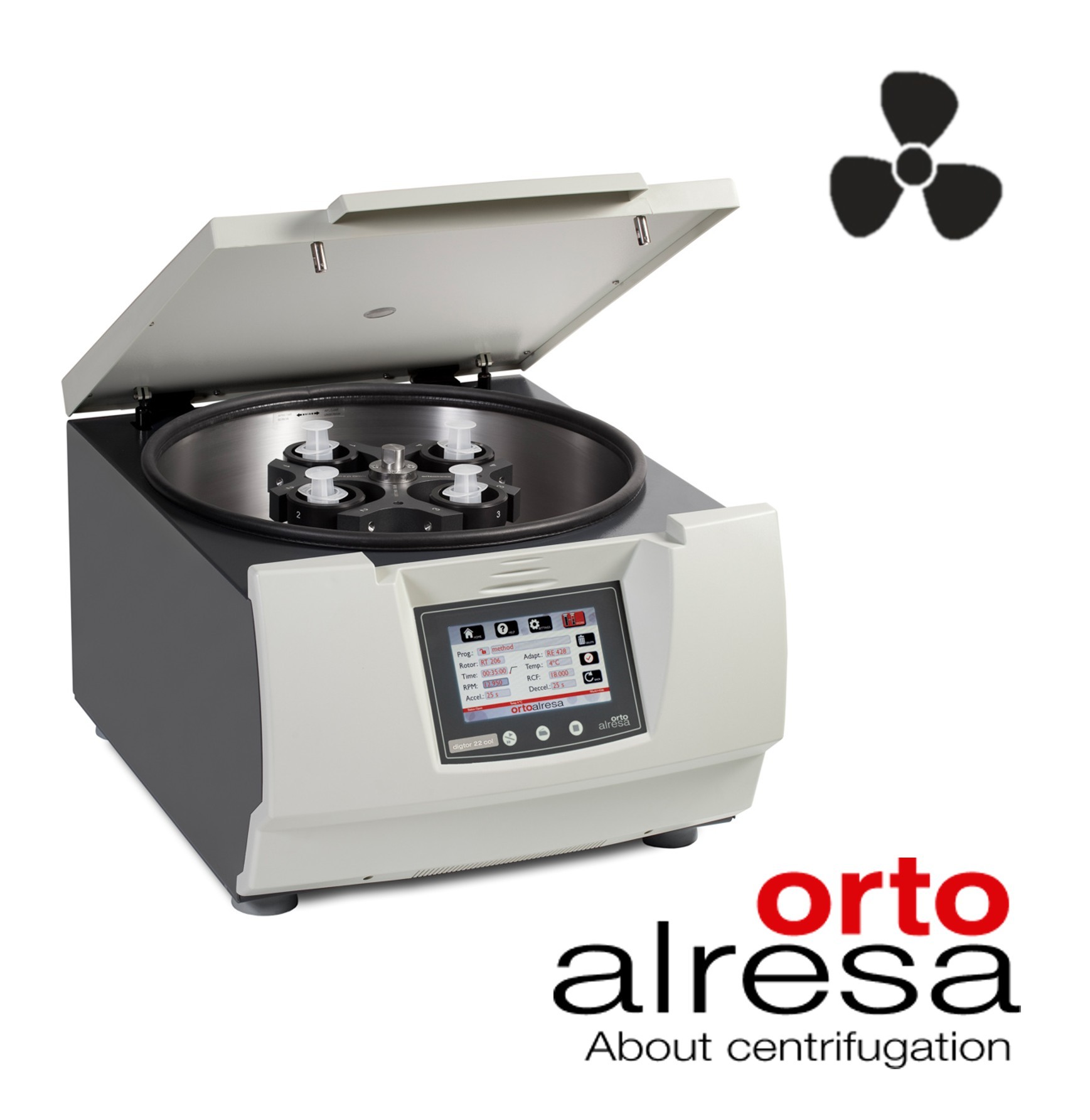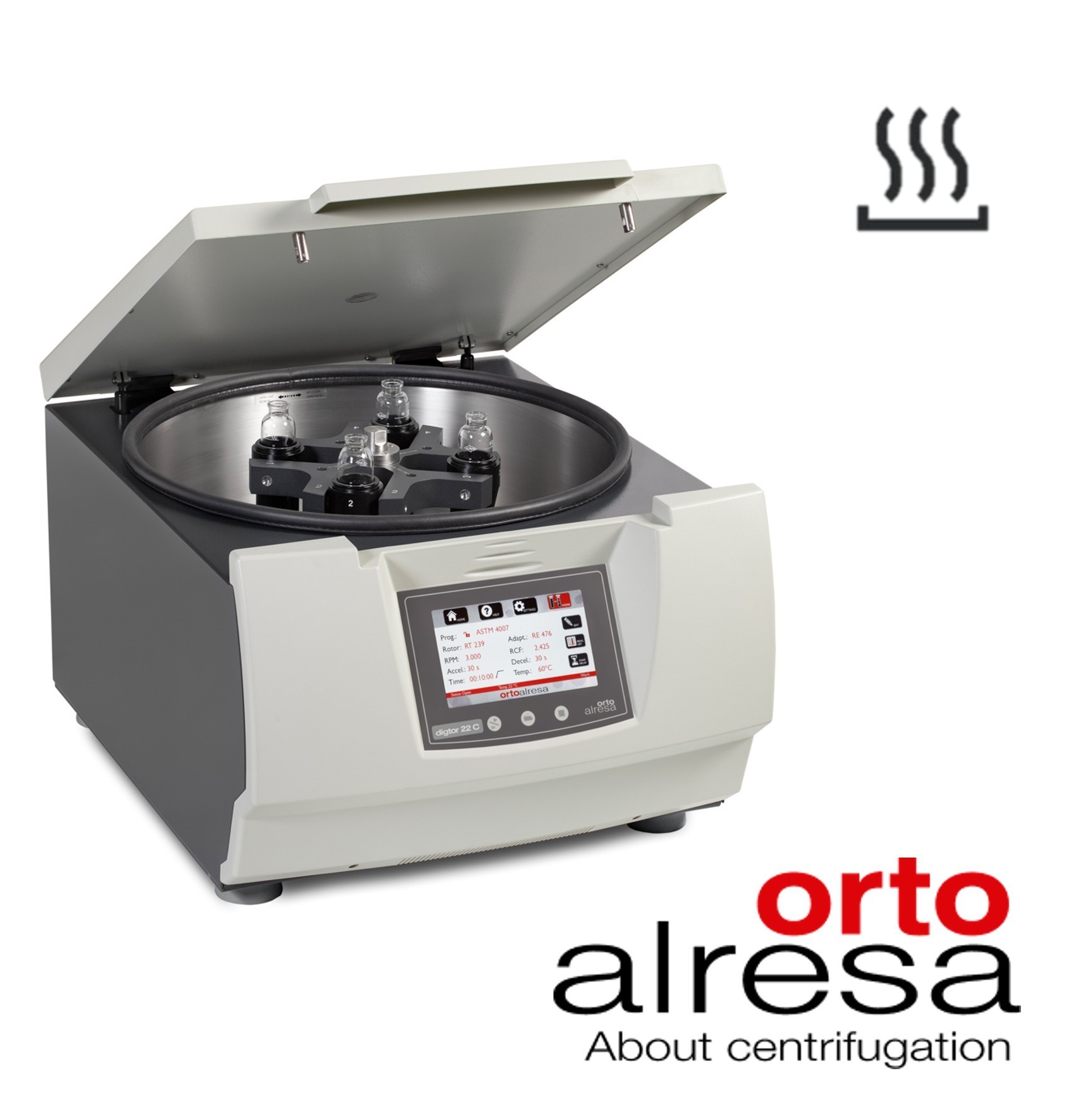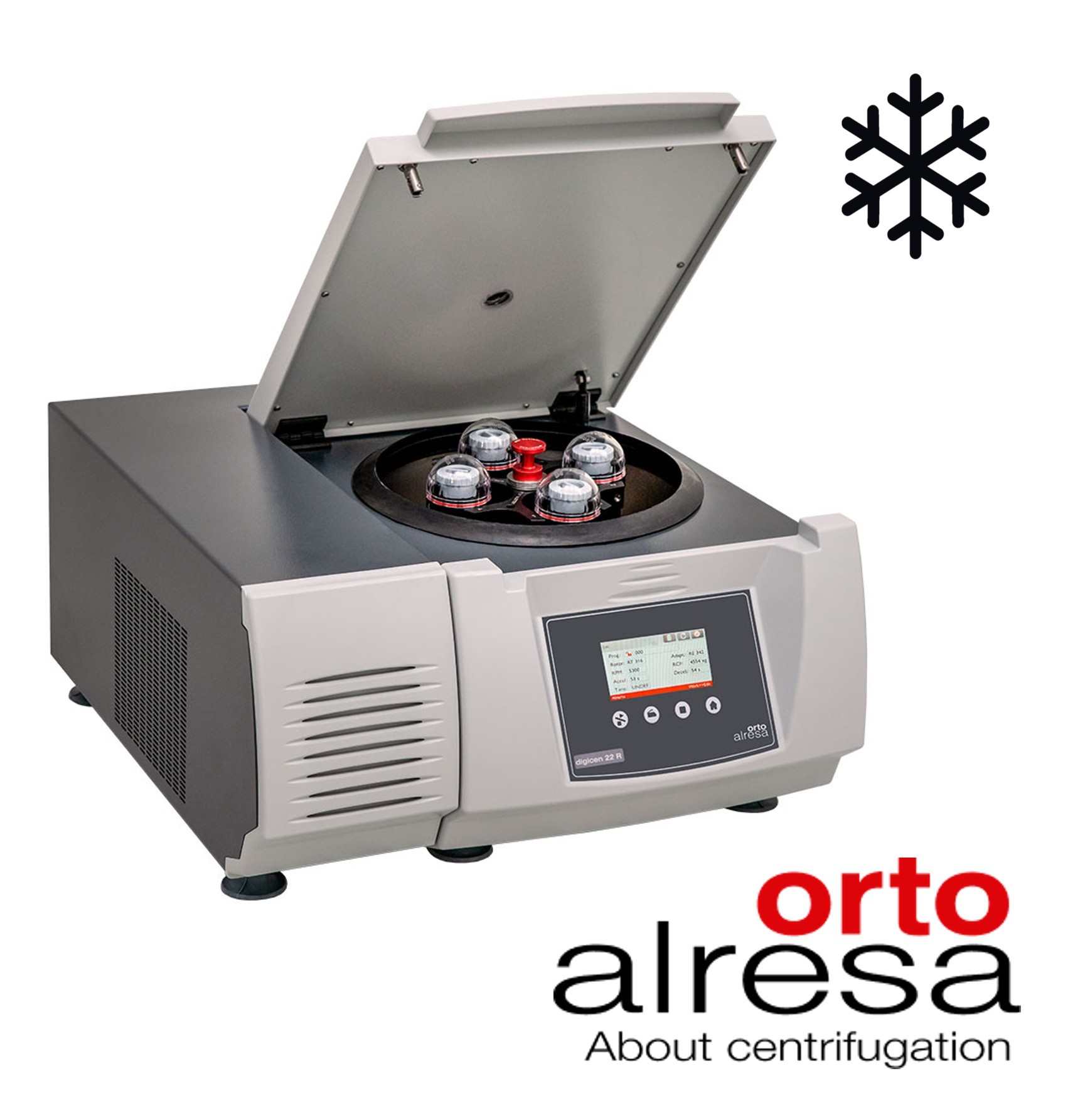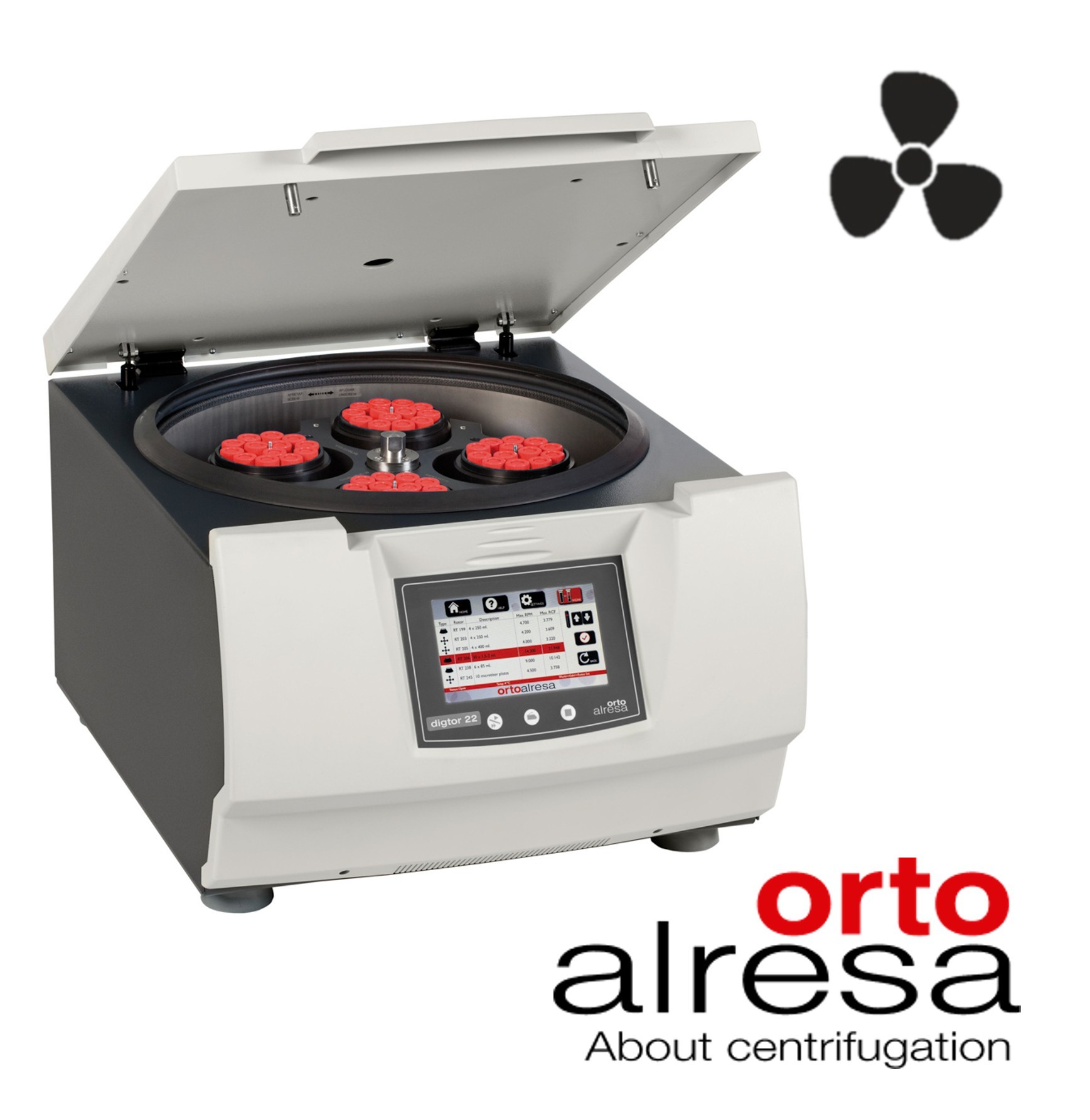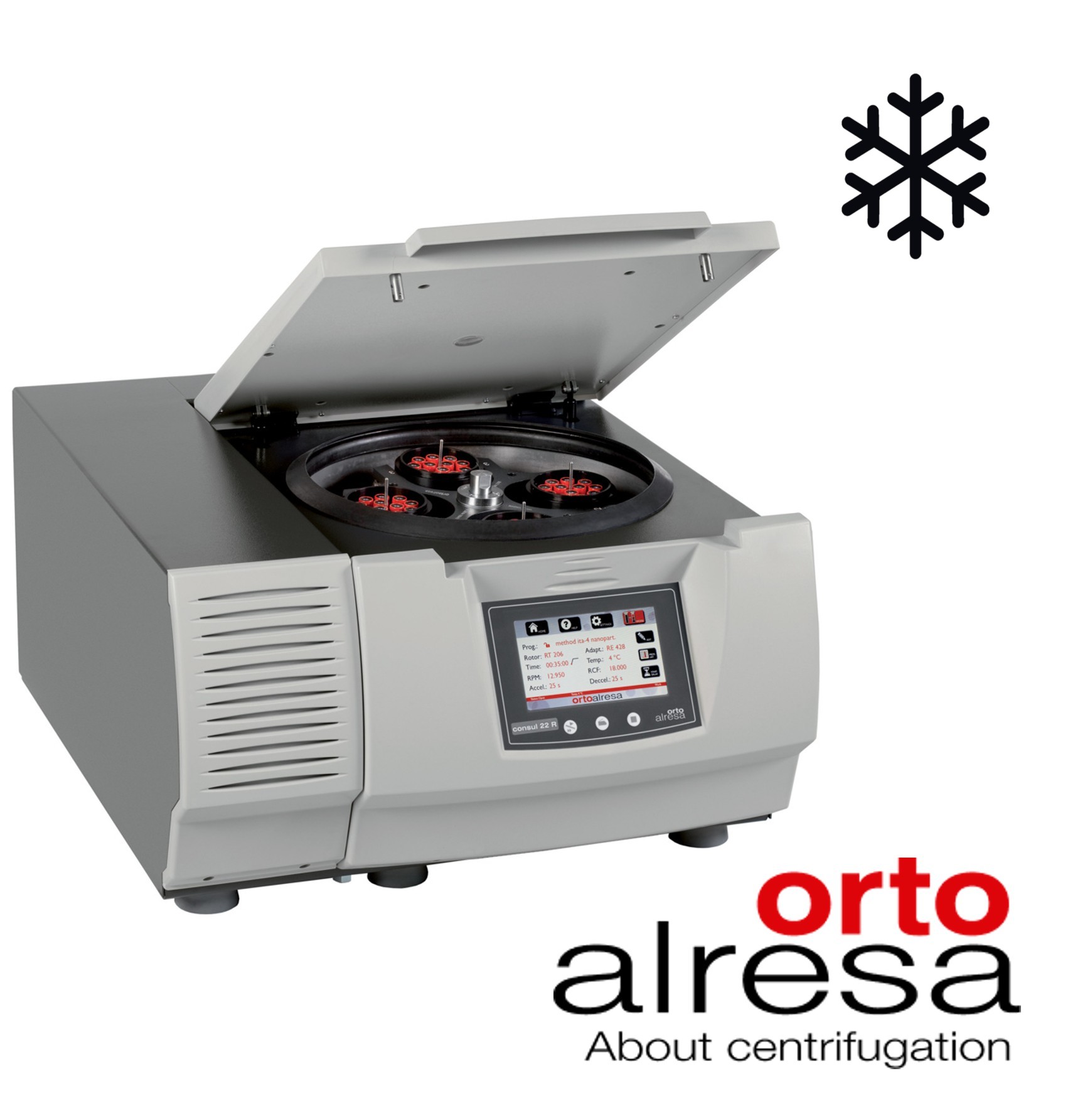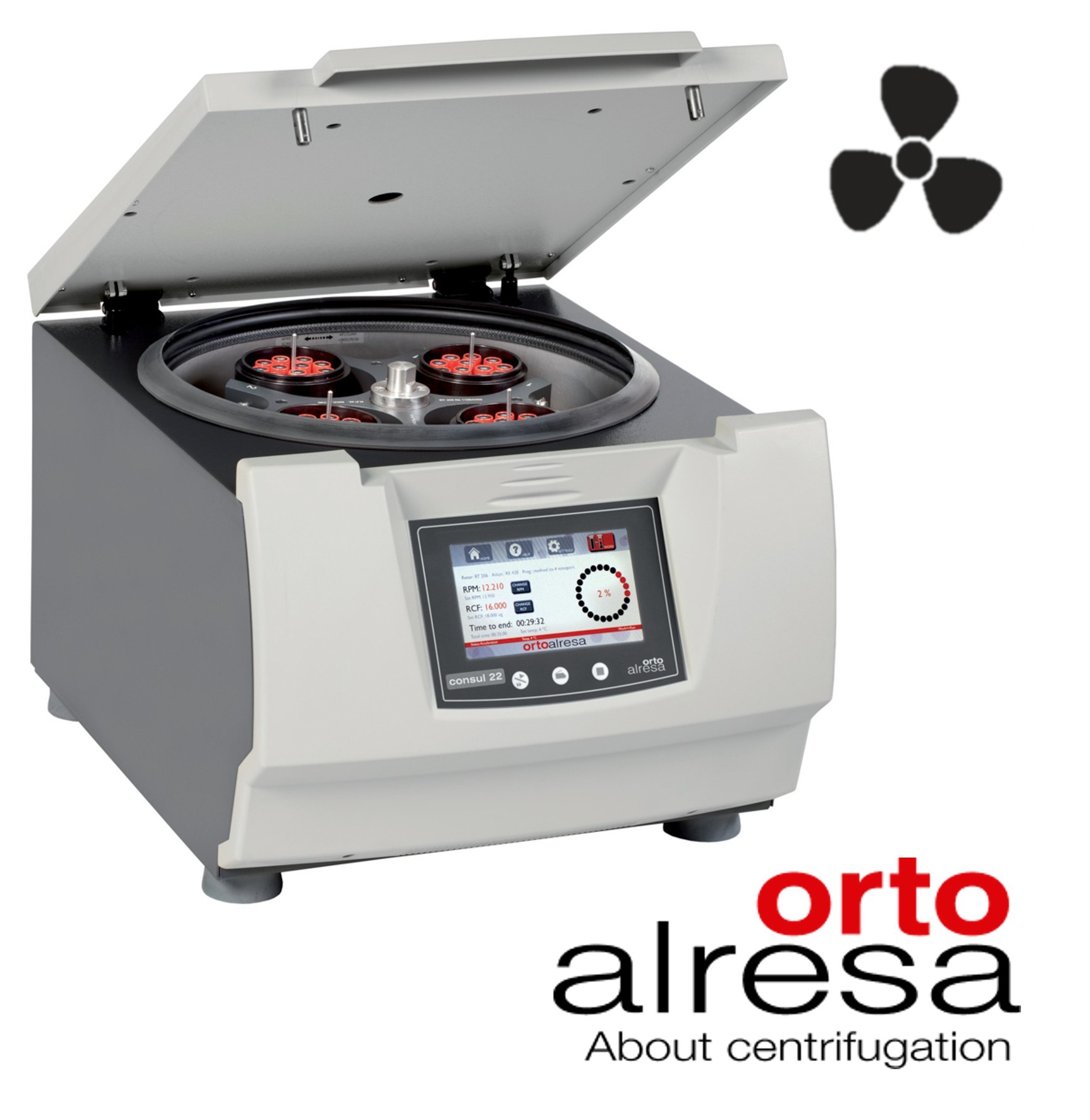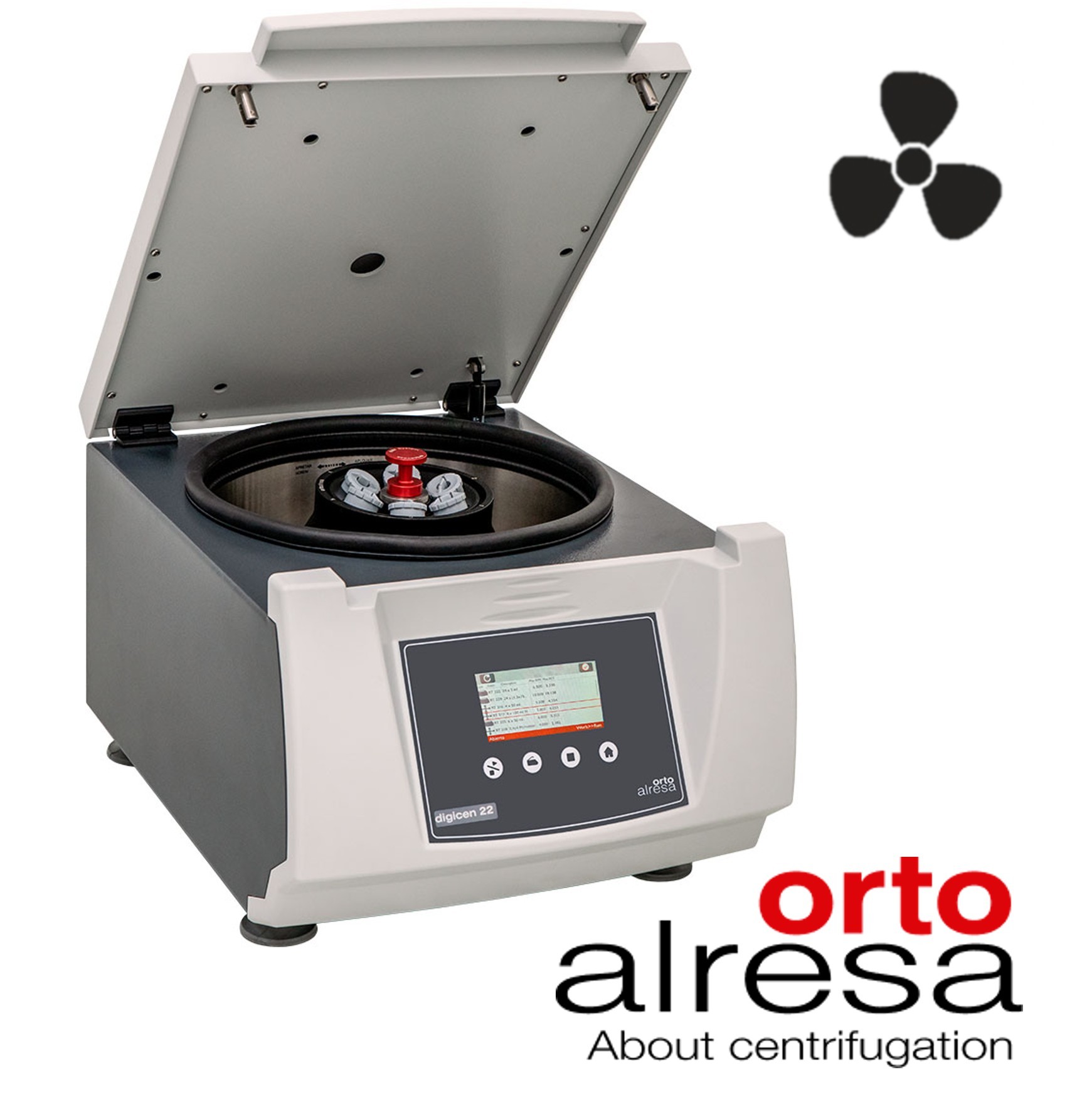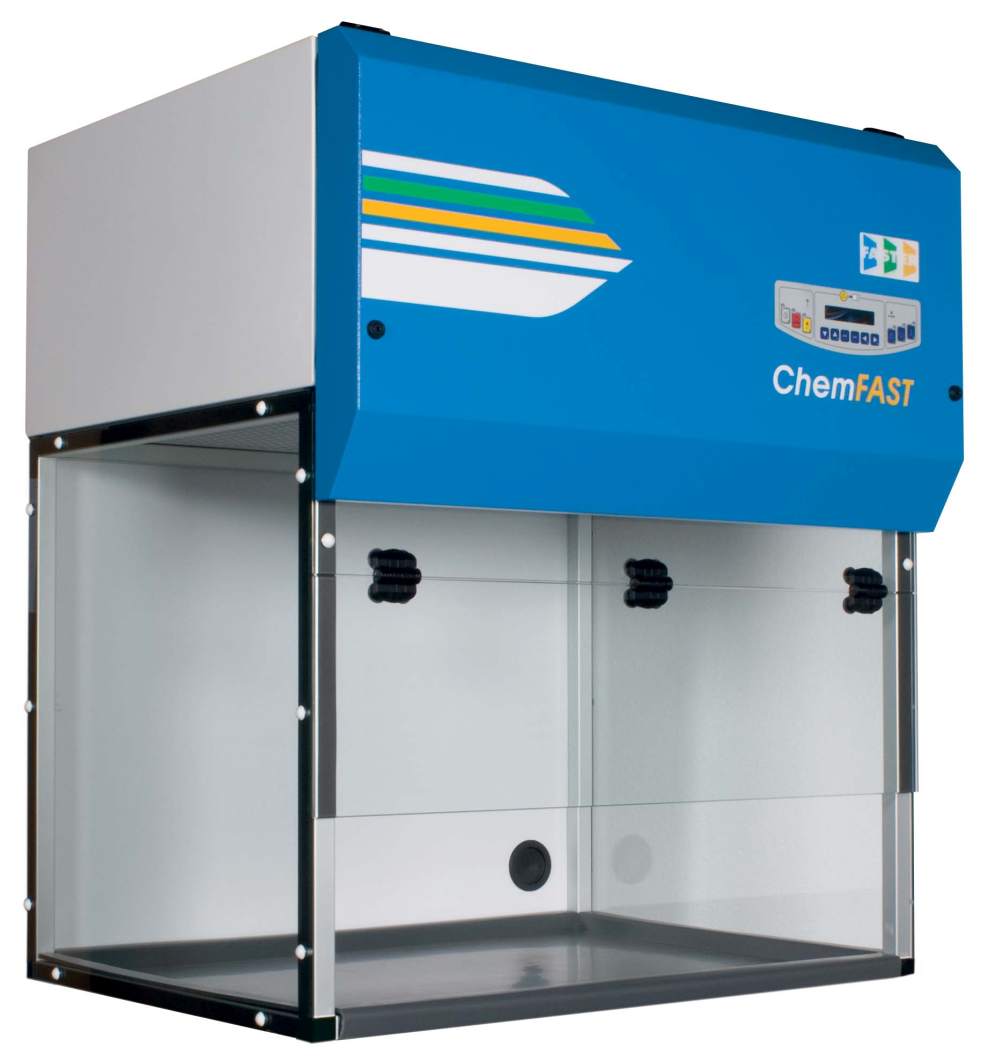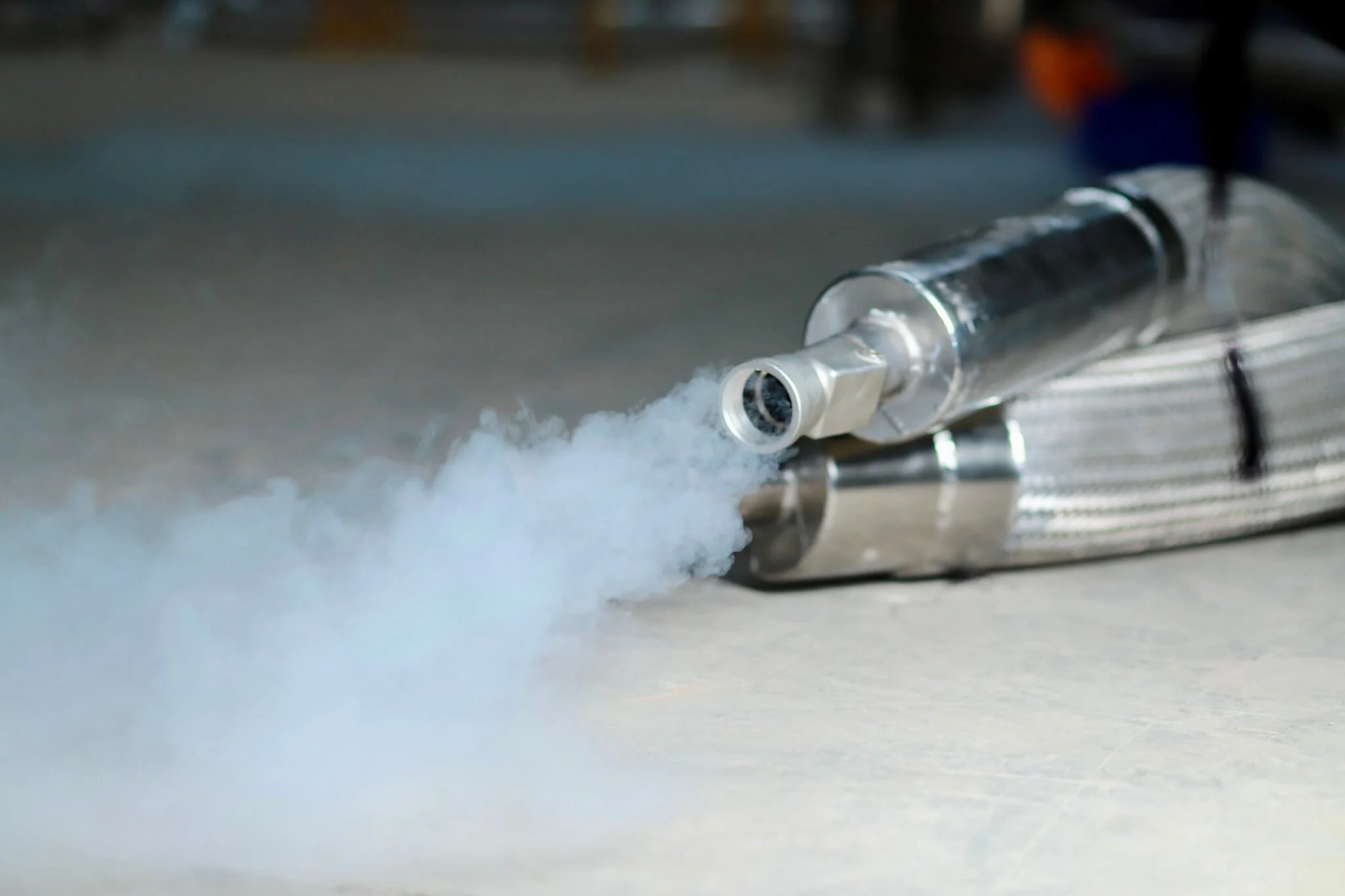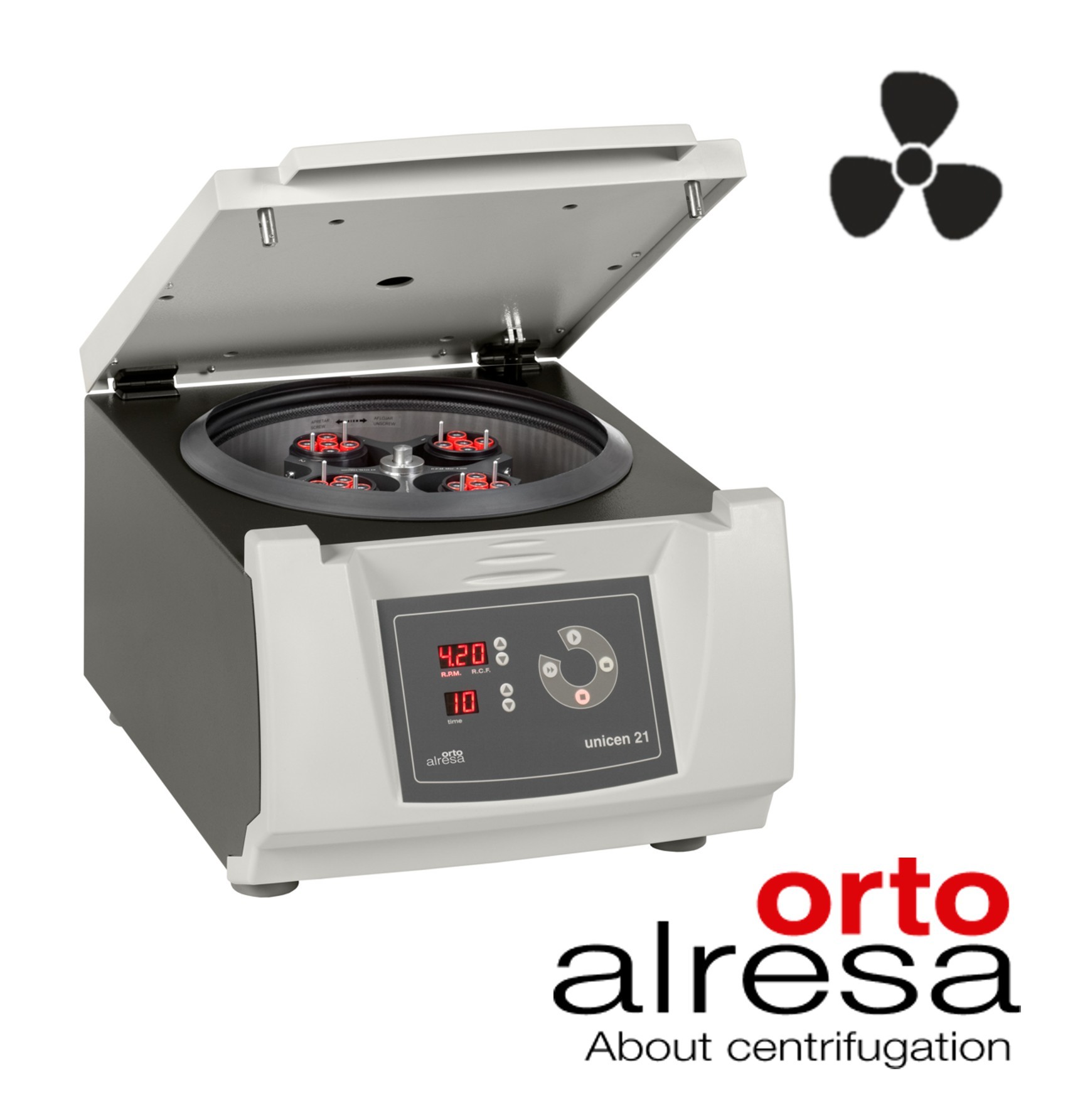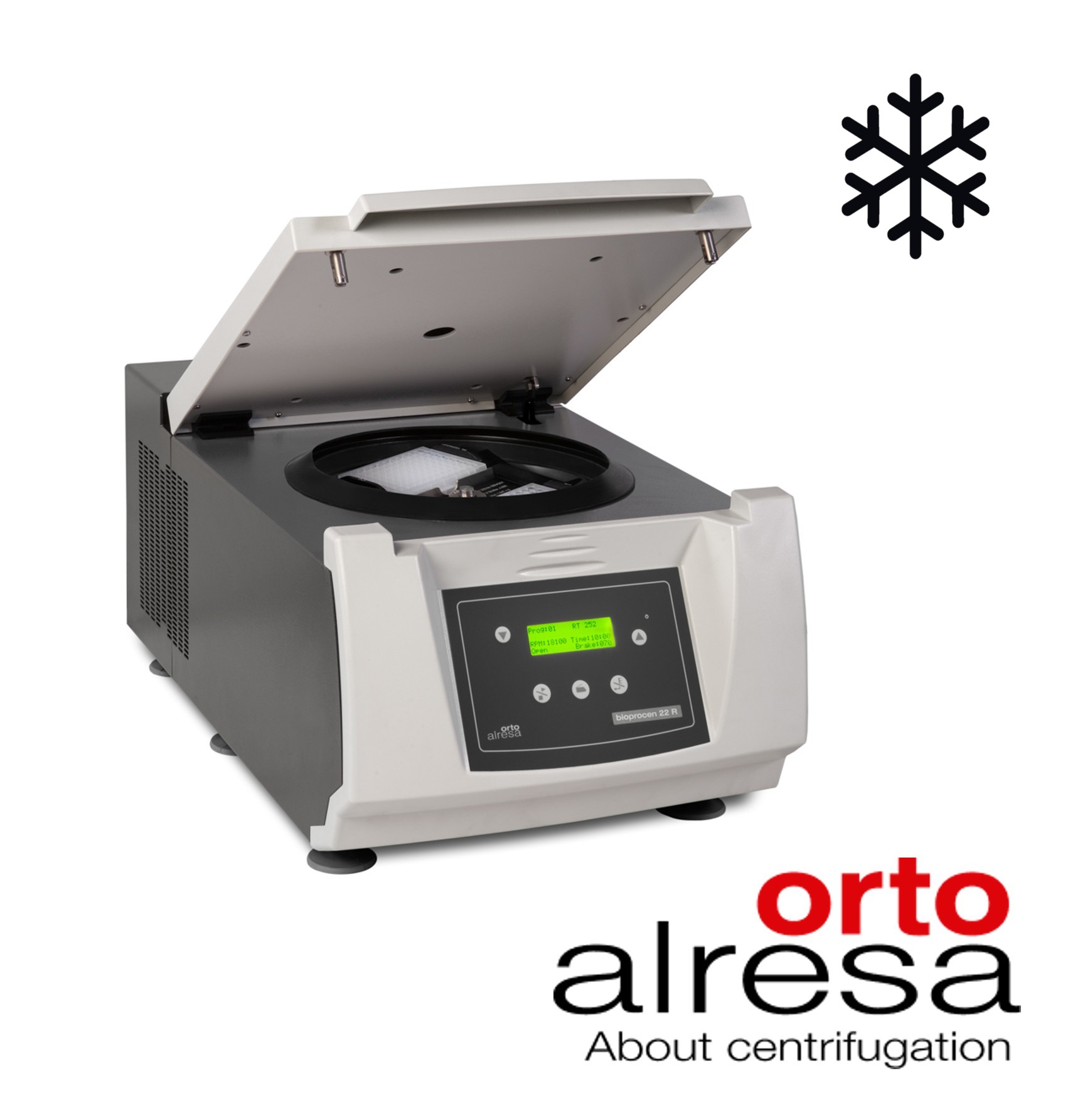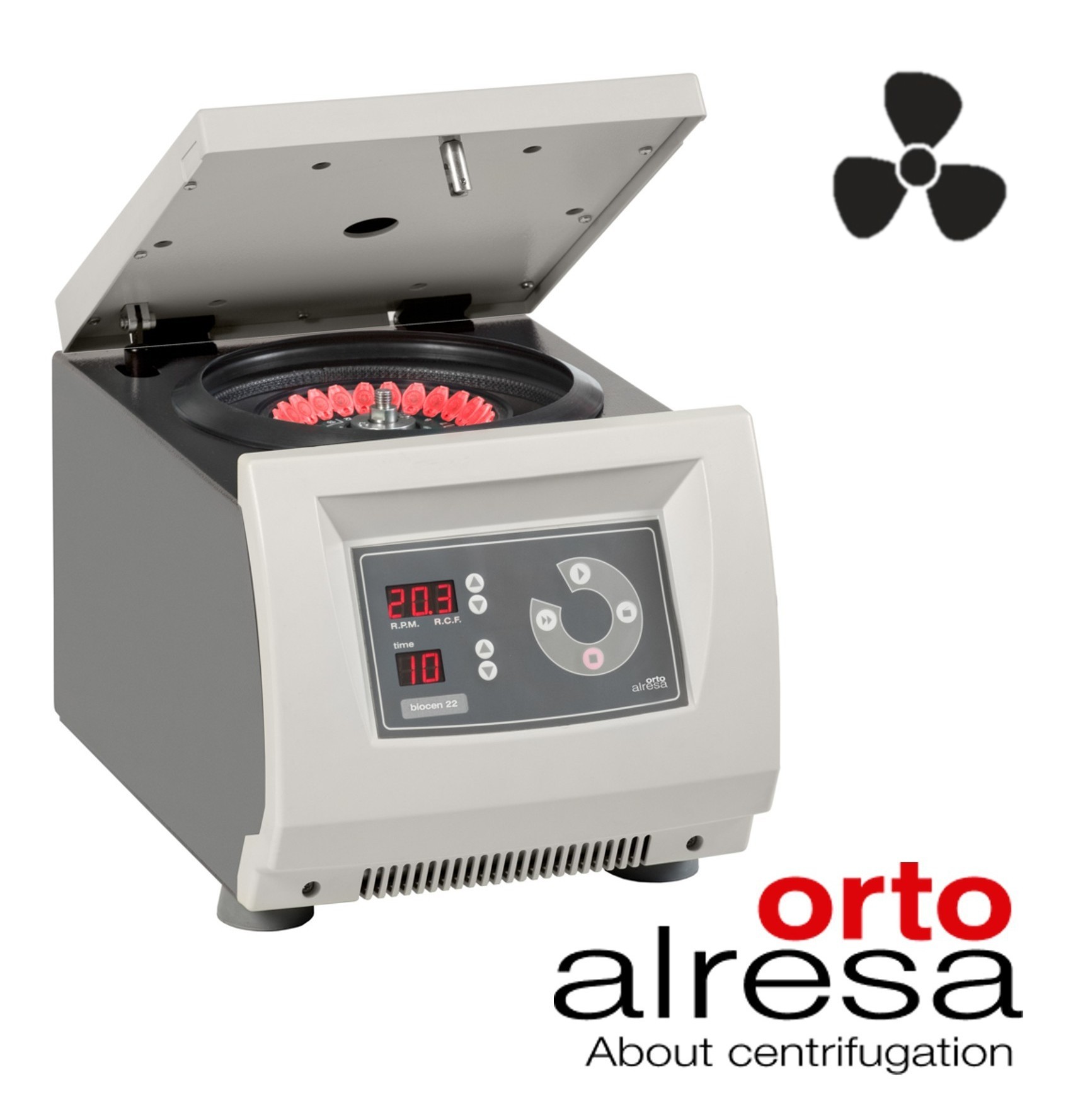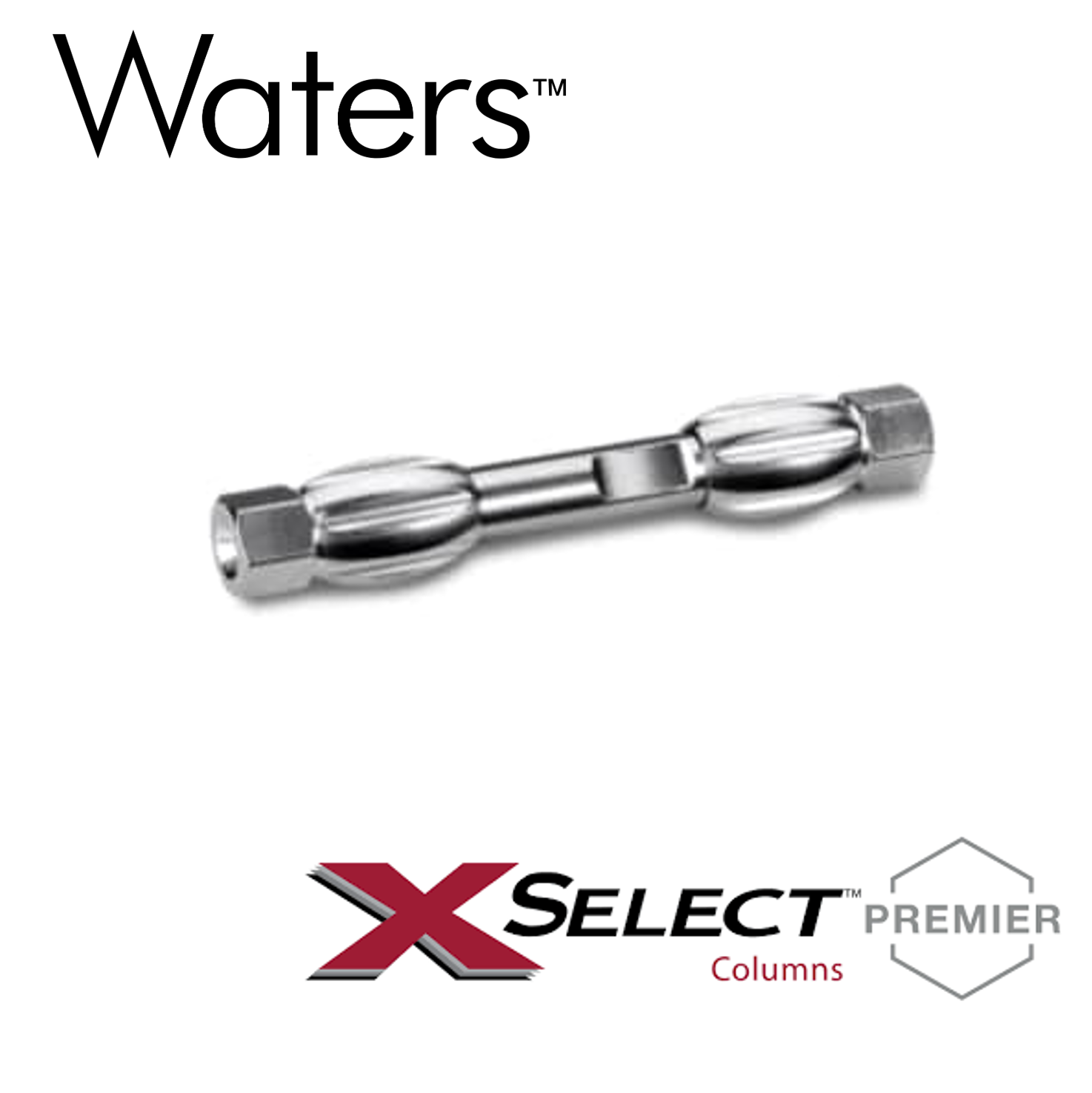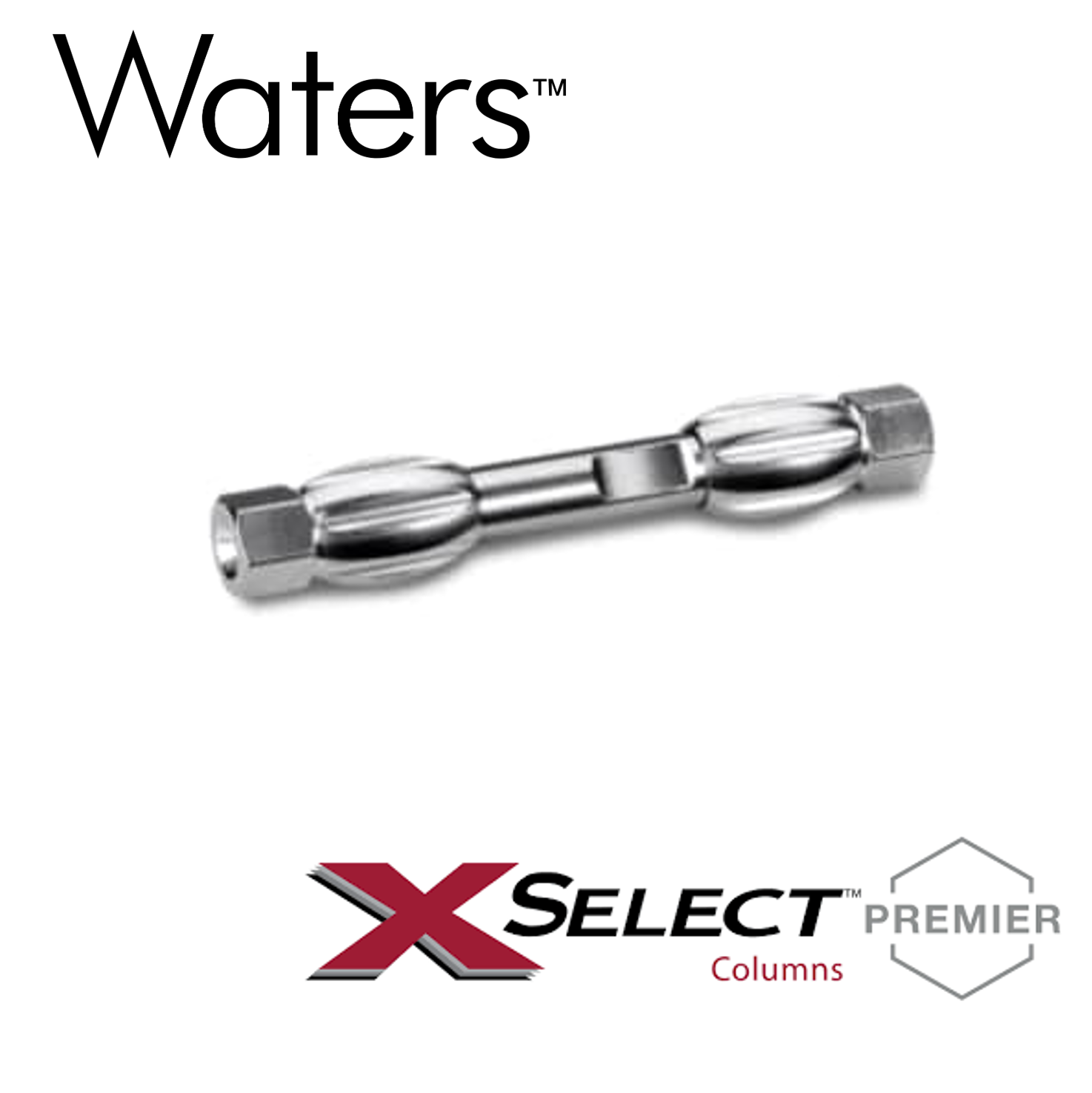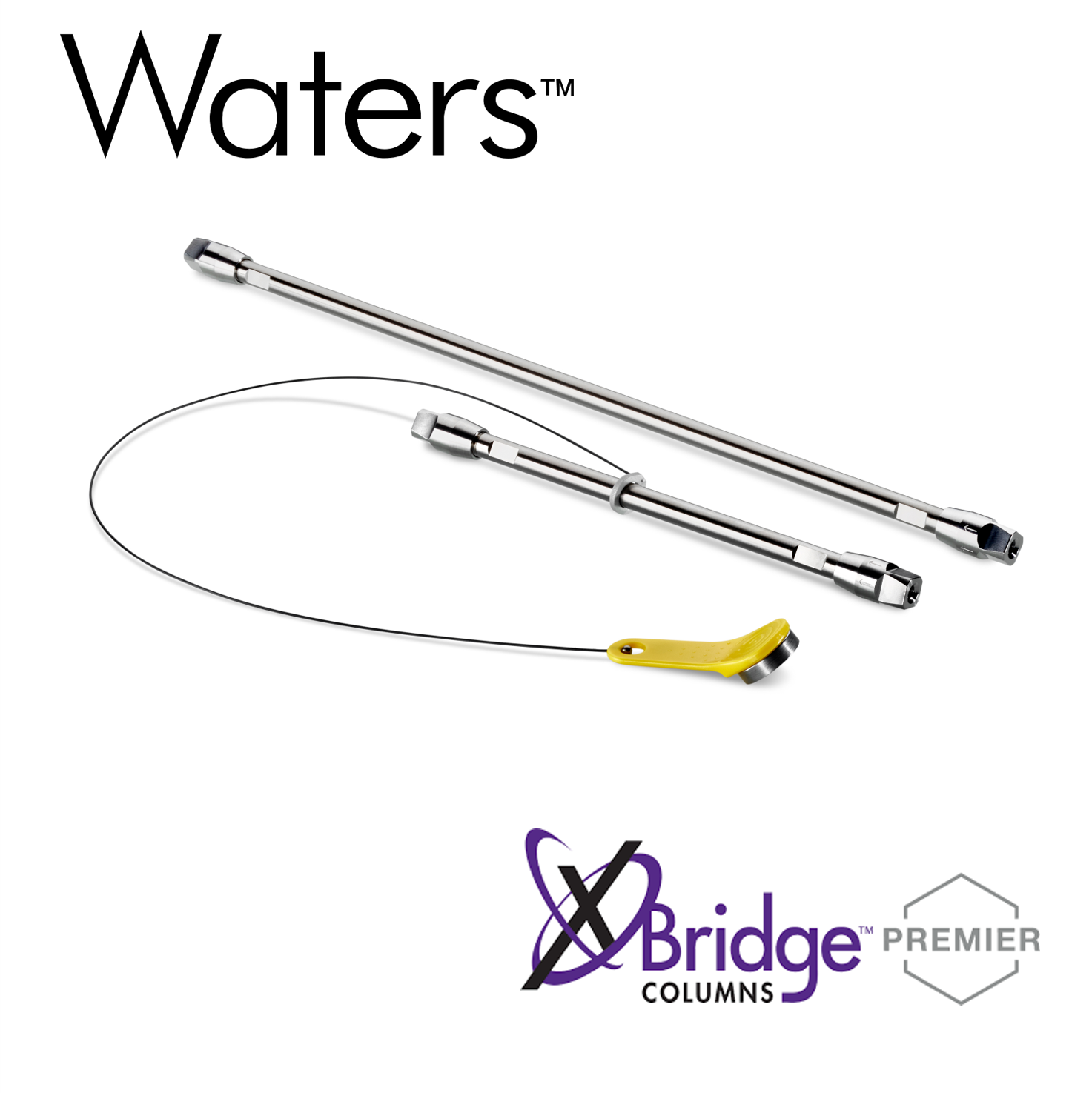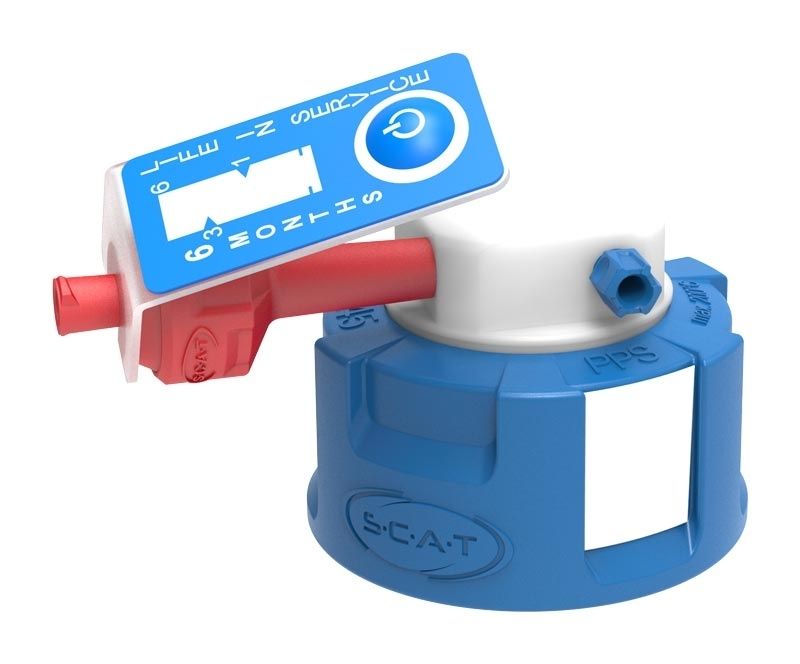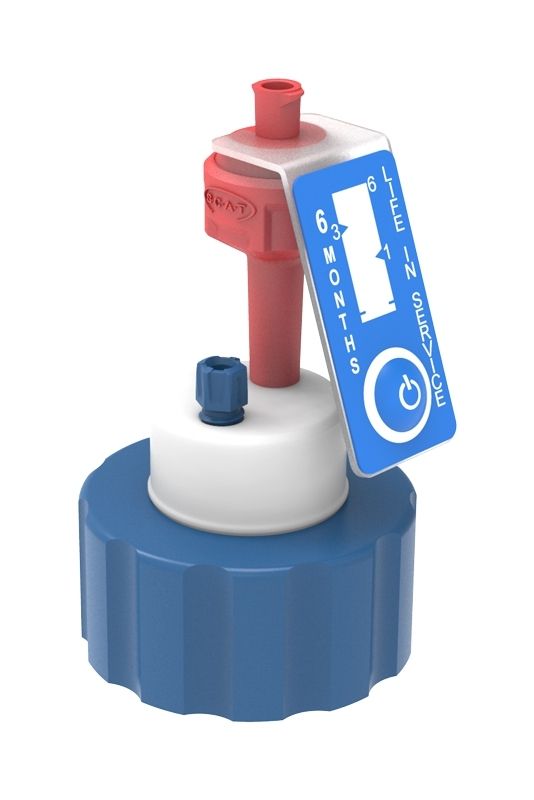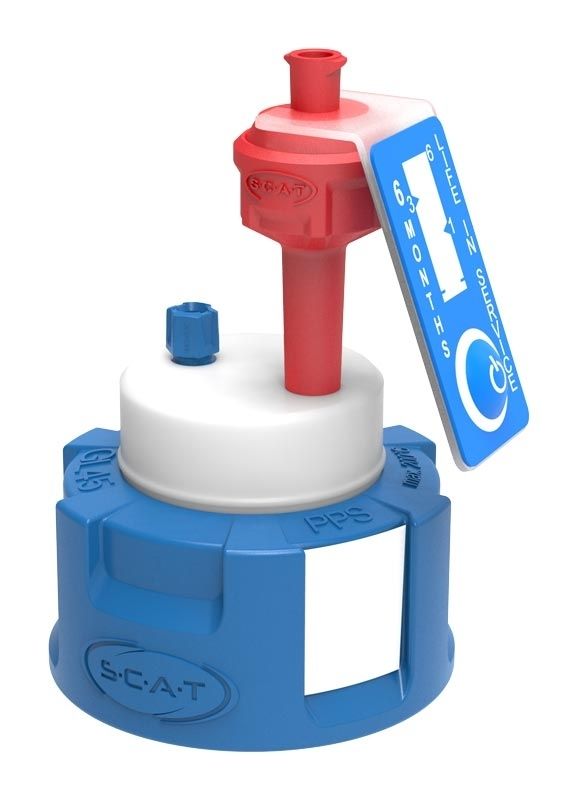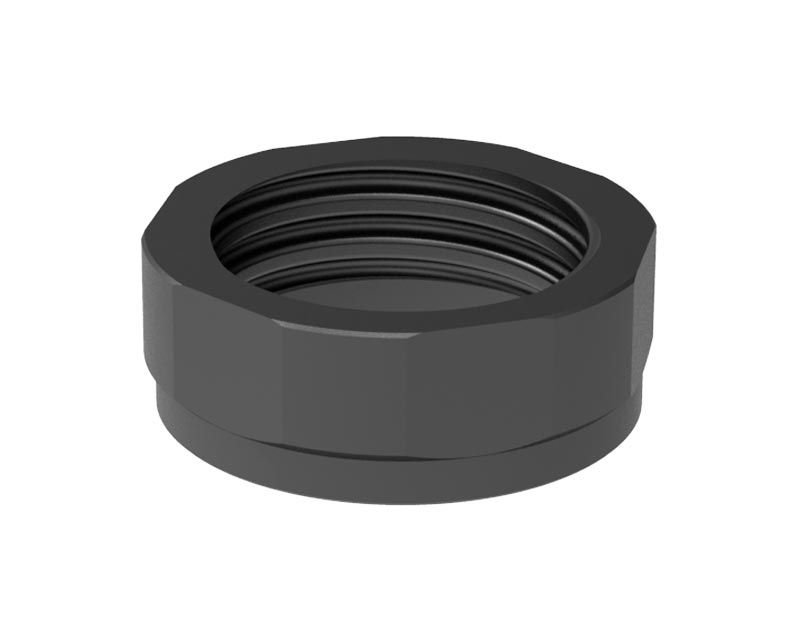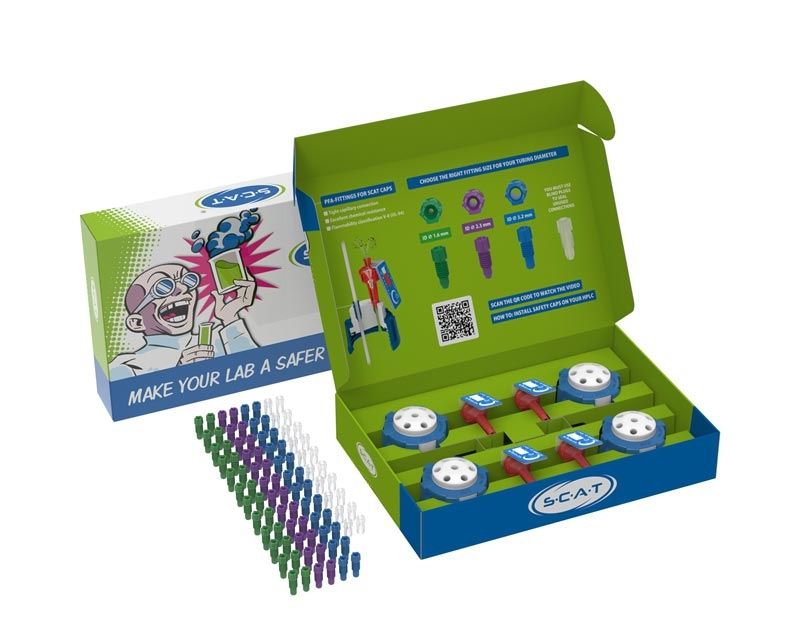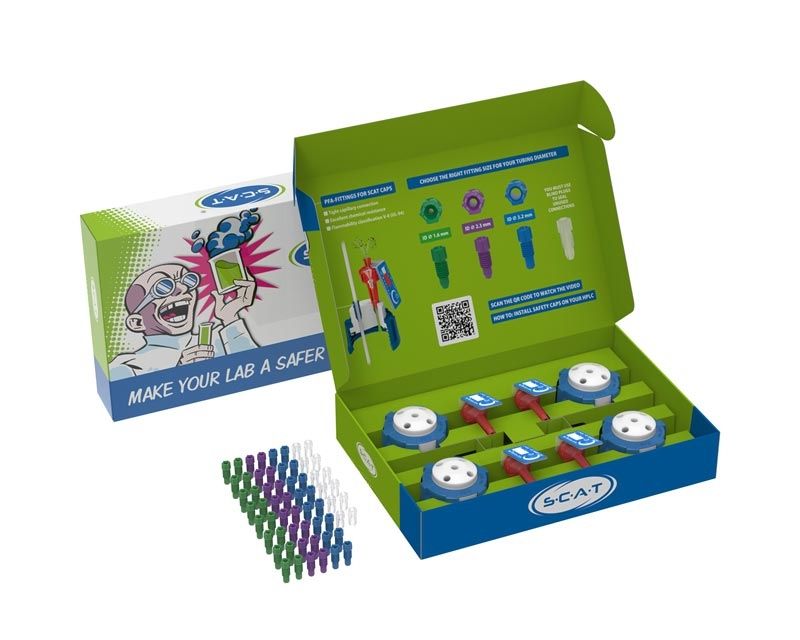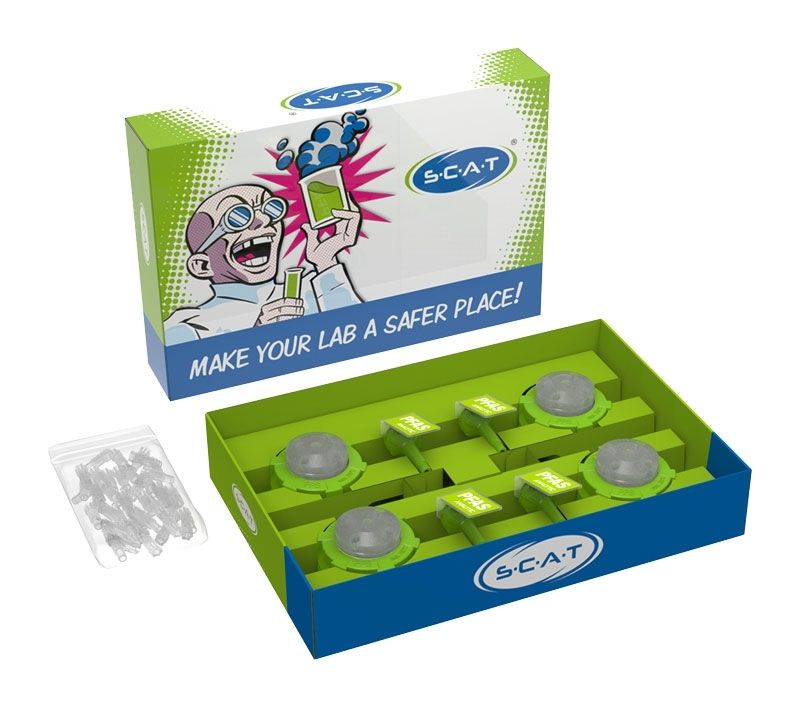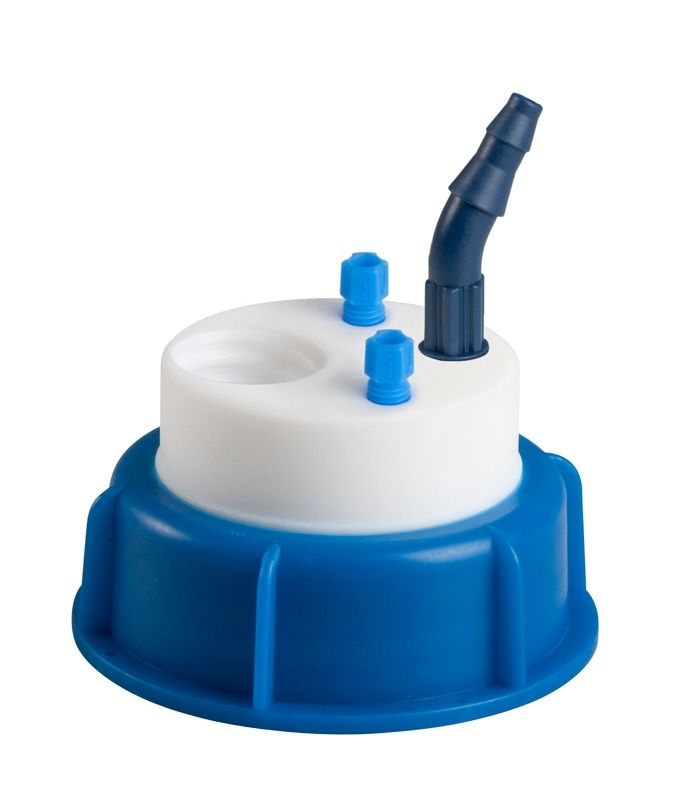Gas Piping Optimizing Techniques
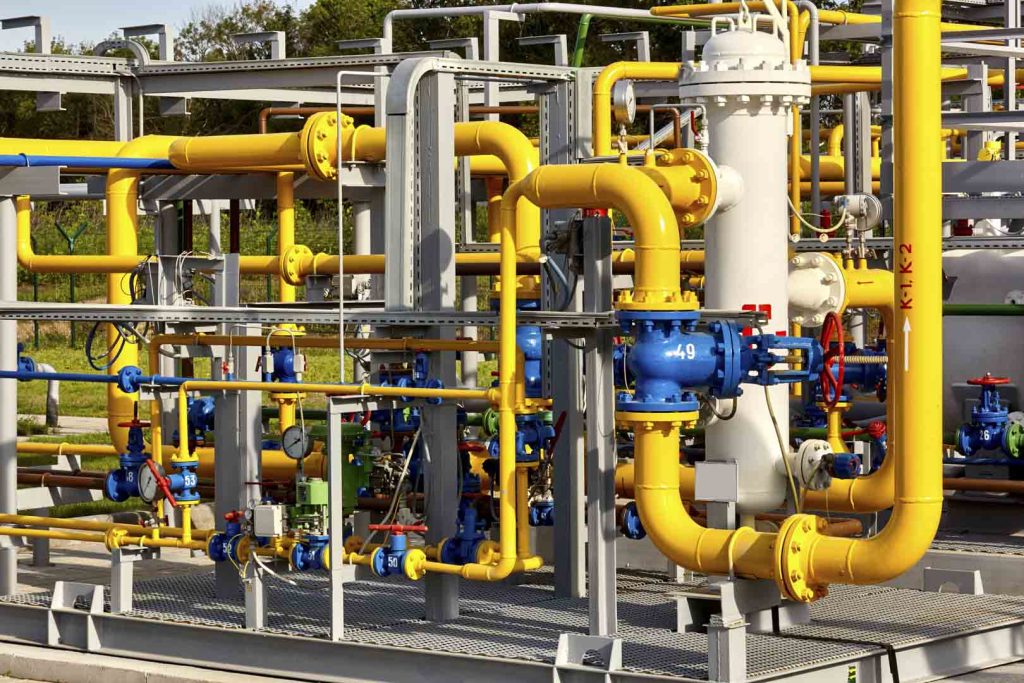
Streamline Business With Gas Piping Solution and Services

Behind every successful laboratory operation is an invisible yet critical system the gas piping and distribution network. Whether you're running experiments in a chemical research facility, managing a high-precision electronics lab, or operating in the medical and pharmaceutical industries, the ability to deliver gases safely, accurately, and reliably is non-negotiable.
Laboratories depend on a variety of gases including nitrogen, oxygen, argon, carbon dioxide, hydrogen, helium, and specialty mixtures of each serving specific applications such as chromatography, spectroscopy, sterilization, inerting, or atmospheric control. These gases must be delivered through a carefully designed piping system that ensures purity, pressure stability, and above all, safety.
Unlike general industrial or residential gas systems, lab gas piping and distribution systems must meet much higher standards. They require:
- High-purity materials like stainless steel or electro-polished copper
- Leak-proof welding and brazing techniques
- Pressure control via gas regulators
- Redundant safety systems, including gas leak detectors and gas sensors
- Smart manifold systems for managing multiple gas cylinders or bulk gas supply
- Compliance with national and international safety standards, such as Singapore’s SS 608 and ISO certifications
A gas piping failure in a lab doesn’t just mean operational downtime it could contaminate research, trigger dangerous accidents, or expose staff to hazardous gases. Laboratory gas distribution is therefore not just about plumbing it’s about engineering a precise, clean, and safe environment that meets the most demanding scientific and regulatory requirements.
In this guide, we’ll explore what goes into designing and installing an efficient laboratory gas system. You’ll learn the key factors to consider during installation, common challenges labs face, and proven solutions to ensure safety and performance. Additionally we will explain why a well-designed gas piping system is absolutely essential for any laboratory’s success.
Why Gas Piping Is Crucial for Laboratories
Gas piping systems are far more than just infrastructure they are critical lifelines in laboratories, hospitals and industrial facilities. A well-designed gas piping and distribution system ensures a reliable, uninterrupted flow of gases that power precision work in research, safeguard patient care in medical settings, and maintain operational safety in high-stakes environments. In Singapore, where regulatory compliance and workplace safety are paramount, proper gas piping is not optional, it is essential. From maintaining gas purity and minimizing leaks to ensuring pressure stability and regulatory alignment, investing in the right gas piping solution directly impacts performance, safety, and cost-efficiency. Simply put, gas piping is not just important it is indispensable.
Key Factors to Consider When Installing Gas Piping
1.Choosing Materials for High Purity Gas Lines
Using the right materials is fundamental. Stainless steel and electro-polished copper are preferred for their resistance to corrosion and contamination, ensuring high purity gas delivery essential for lab accuracy.
2.Meeting Safety and Compliance Standards
Adherence to local and international codes including SS 608 in Singapore safeguards users and ensures system integrity. This also covers installing gas detectors and leak detectors for early hazard identification.
3.Importance of Gas Manifolds and Regulators
Gas manifolds enable smooth switching between multiple cylinders, minimizing downtime. Regulators ensure stable pressure, crucial for sensitive laboratory equipment.
4. Preventing Leaks with Gas Detector
Lab environments require constant monitoring using gas detector to detect even trace leaks. This is vital to protect staff and prevent contamination.
5.Designing Efficient and Safe Pipe Layouts
The piping layout must minimize pressure drops and avoid dead legs where gases can stagnate, maintaining gas quality and flow consistency.
Common Challenges in Gas Piping and Distribution
Laboratory gas piping systems face several critical challenges that can impact safety, efficiency, and experimental accuracy. One of the most pressing issues is preventing contamination and purity loss even minor impurities can compromise sensitive results, making it essential to maintain strict pipe cleanliness and select appropriate materials for high-purity gas applications. Another major concern is managing gas leaks and safety risks. Leaks, especially with flammable or toxic gases, pose serious threats such as fire, explosions, or harmful exposure. This makes early detection using gas leak detectors and sensors a non-negotiable part of any safe system. Installation complexity and cost is another common challenge, as gas piping requires expert welding or brazing, specialized tools, and certified professionals factors that add to both the timeline and budget. Additionally, avoiding system downtime and interruptions is crucial, especially in active labs. Swapping gas cylinders or changing flow configurations must be done without halting experiments, requiring an intelligently designed gas manifold system and proactive monitoring to ensure uninterrupted operations.
Effective Solutions for Gas Piping Challenges
1. Maintaining Gas Purity
- Orbital welding for high purity gas piping installation which delivers seamless joints to prevent contaminants.
- Point-of-use gas filters is critical for lab gas piping systems in Singapore to ensure purity at the application point.
- Electropolished stainless steel pipes is Ideal for ultra-high-purity environments.
- Dedicated lines for each gas type which is essential for medical gas piping systems and labs to avoid cross-contamination.
- Use gas certified by local authorities that ensure your suppliers meet Singapore’s SS 608 standards.
2. Stabilizing Gas Pressure
- Primary and secondary gas regulators for labs which helps to maintain precise pressure levels at all points.
- Pressure relief valves is to ensure the protect downstream equipment from pressure spikes.
- Buffer cylinders is essential in gas manifold systems as they help smooth out fluctuations in gas supply, ensuring consistent pressure and uninterrupted flow.
- Zoning with separate regulators enhances control and efficiency in large facilities by allowing precise pressure management across different areas
- Automated pressure monitoring systems enable real-time response and significantly enhance laboratory safety by promptly detecting any irregularities
3. Preventing and Detecting Gas Leaks
- Fixed gas leak detector systems: Monitors air continuously in high-risk areas.
- Portable gas leak detectors: Ideal for quick spot checks and maintenance teams.
- Gas leak detector Singapore-certified: Devices that meet regional regulations and deliver accurate results.
- Emergency auto shut-off valves: Critical in medical gas piping systems to prevent catastrophes.
- Helium leak testing: A safe and highly effective method to identify micro-leaks before commissioning.
4. Complying with Safety & Regulatory Standards
- Hire licensed gas installers in Singapore: Only professionals certified under PUB and BCA regulations.
- Full documentation of gas pipe installation: Proves compliance during audits and inspections.
- Install proper pipe markers and gas line labels: Mandatory under gas piping safety standards.
- Routine gas system audits: Performed by third-party experts to maintain operational compliance.
- Training your team: Educating lab or facility staff on using gas piping safely.
5. Ensuring Long-Term System Reliability
- Create a gas pipe maintenance service schedule : Monthly checks, valve tests, and annual integrity testing.
- Replace old or worn gas regulators: Prevent failure from aging diaphragms.
- Use corrosion-resistant piping: Especially important in medical gas piping systems or corrosive lab environments.
- Modular piping and manifold systems: Allow maintenance with minimal downtime.
- Partner with a gas piping specialist in Singapore: Ensure access to fast service and spare parts.
6. Improving Monitoring & Emergency Response
- Smart gas detection systems : Connect gas pressure, flow, and leak data to one centralized dashboard.
- Real-time SMS alerts from gas sensors : Notifies building managers or lab supervisors instantly.
- Remote access systems : Monitor and control your gas system securely via cloud platforms.
- Emergency cut-off zones : Install shut-off valves in labs, plant rooms, and corridors.
- Data logging for compliance and analysis: Identify unusual usage or potential tampering.
Conclusion: Secure Your Lab’s Gas Supply Today
Gas piping and distribution are the backbone of laboratory safety and efficiency. From choosing materials to installing leak detectors and automated systems, every detail matters.
Don’t risk your research or your team’s safety with subpar gas systems. Contact IT Tech today and our certified gas piping specialists will help you design a reliable, efficient, and compliant gas distribution system tailored to your lab’s unique needs.
Submit an enquiry now and unlock the power of precision with IT Tech.
Products You may Like
Check out other IT- Tech product that suit your taste
Subscribe to our newsletter
Stay updated with IT-Tech Insights
Related posts
Check out other IT- Tech Scientific Resources


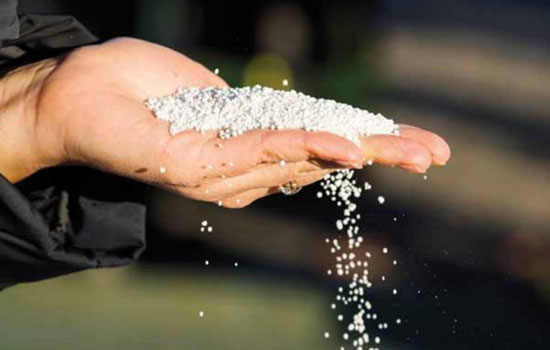
.png)


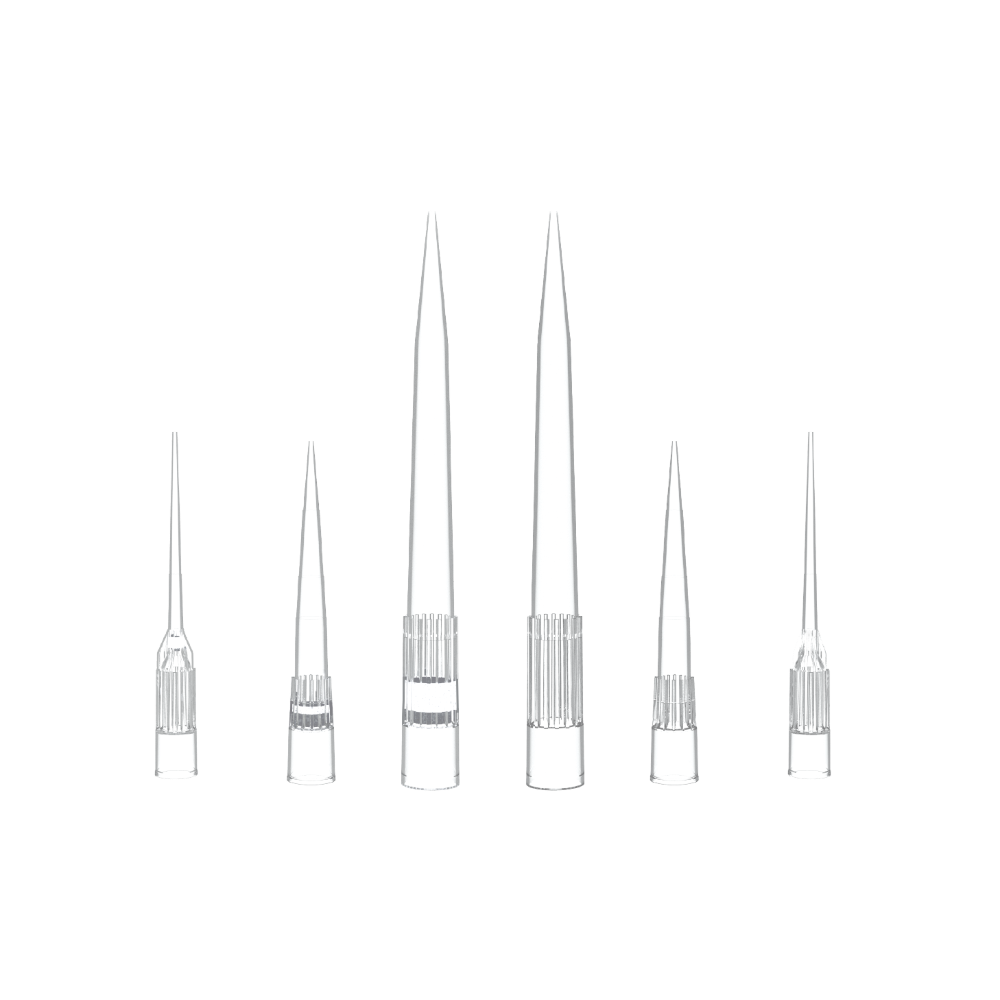

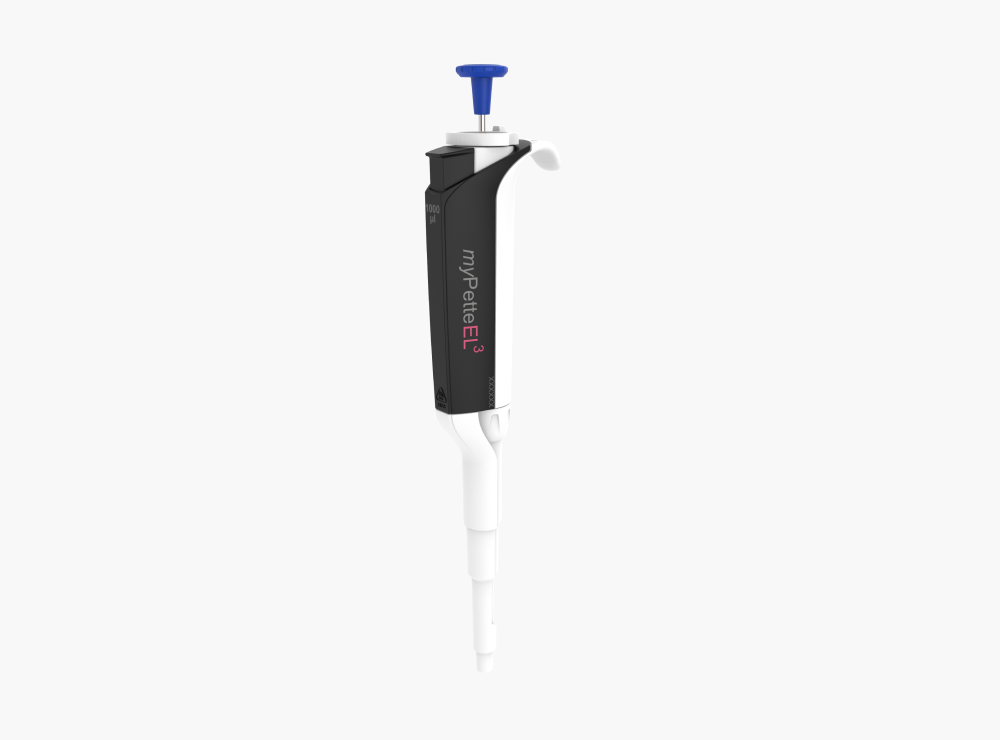


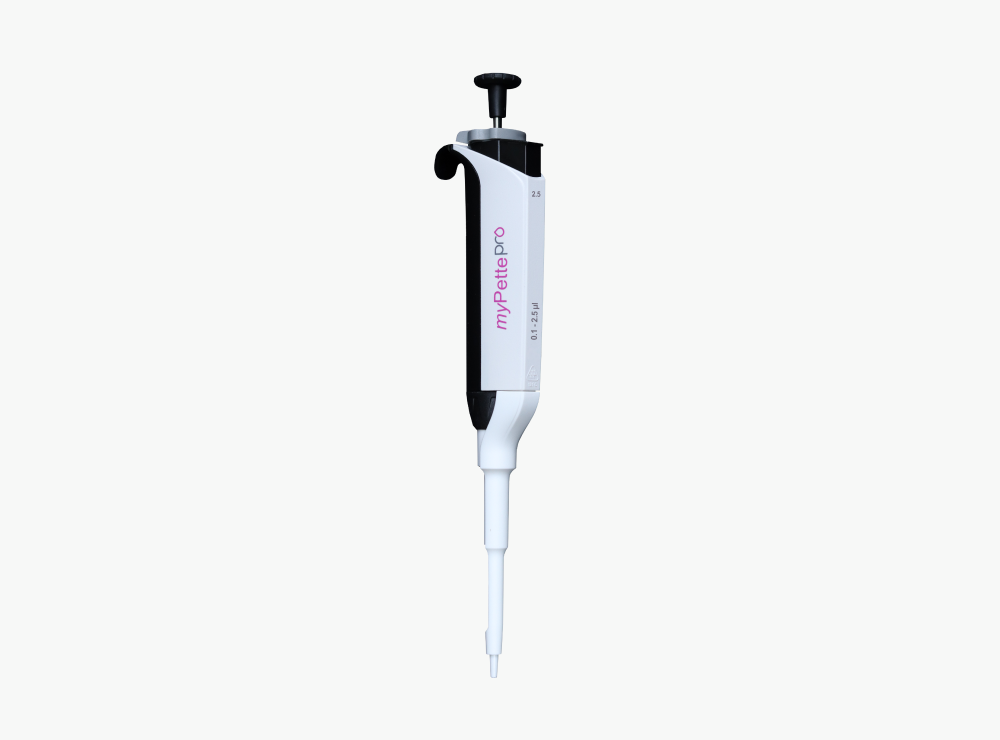
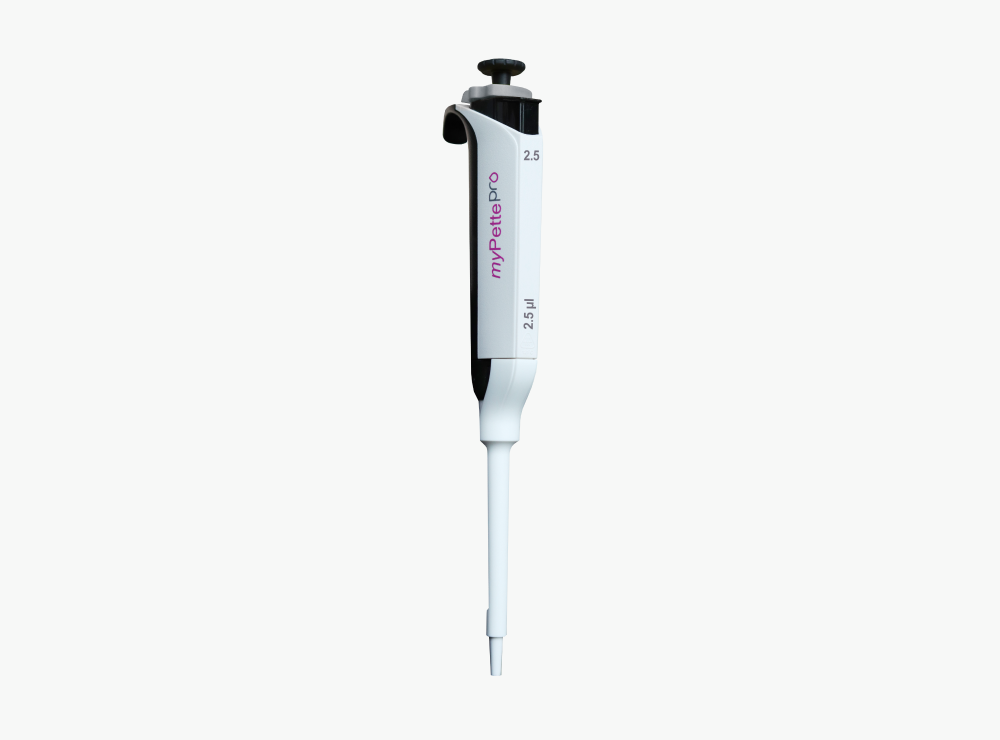

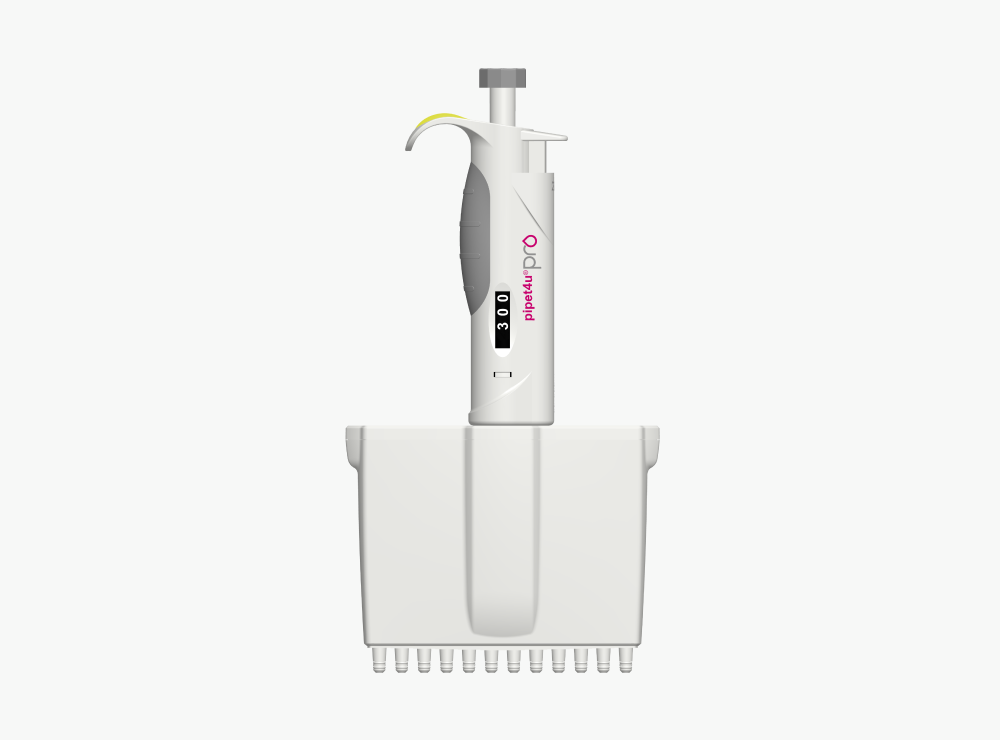

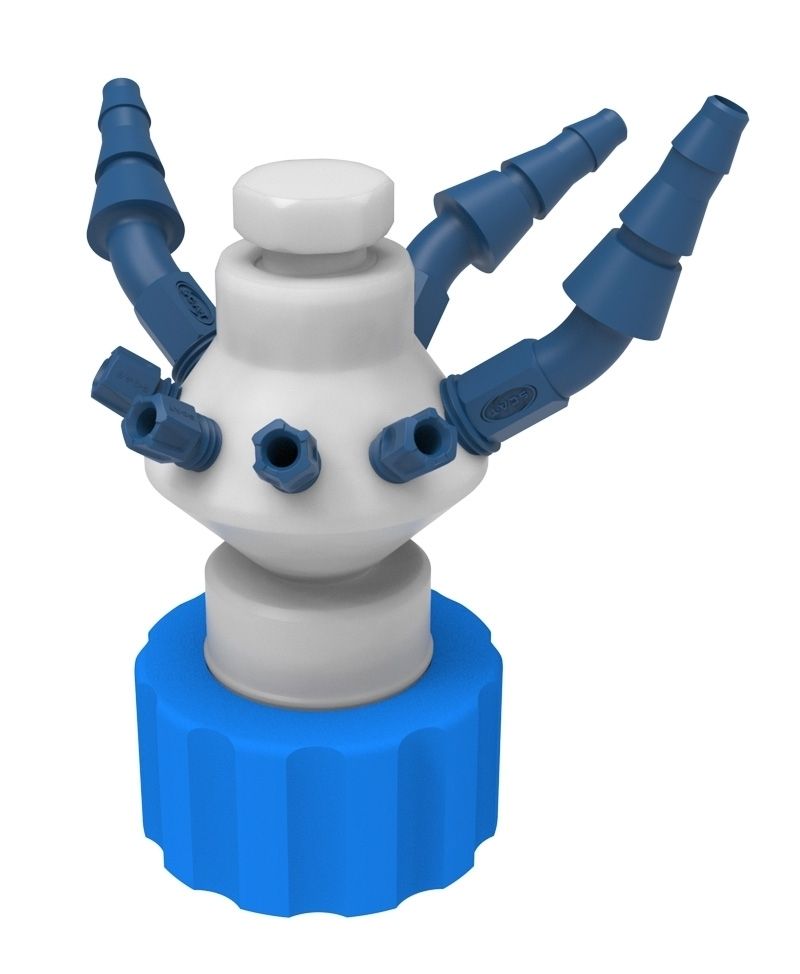

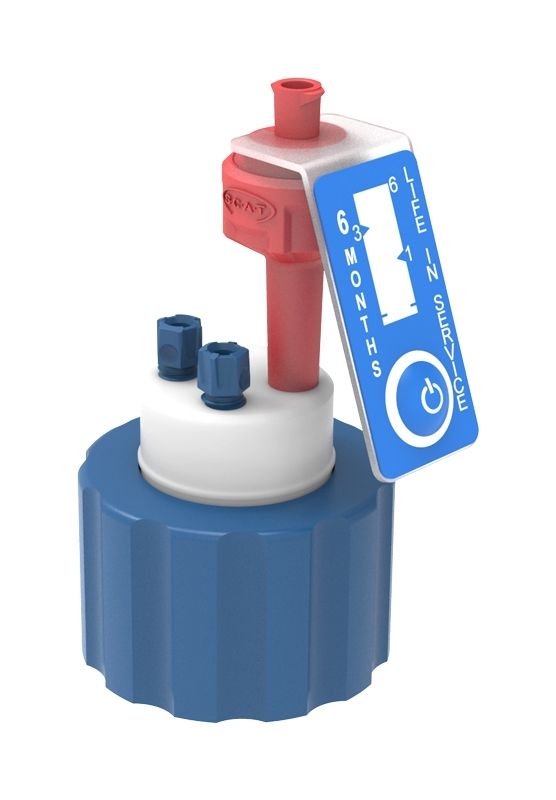
%20Standard.webp)

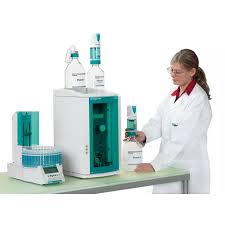
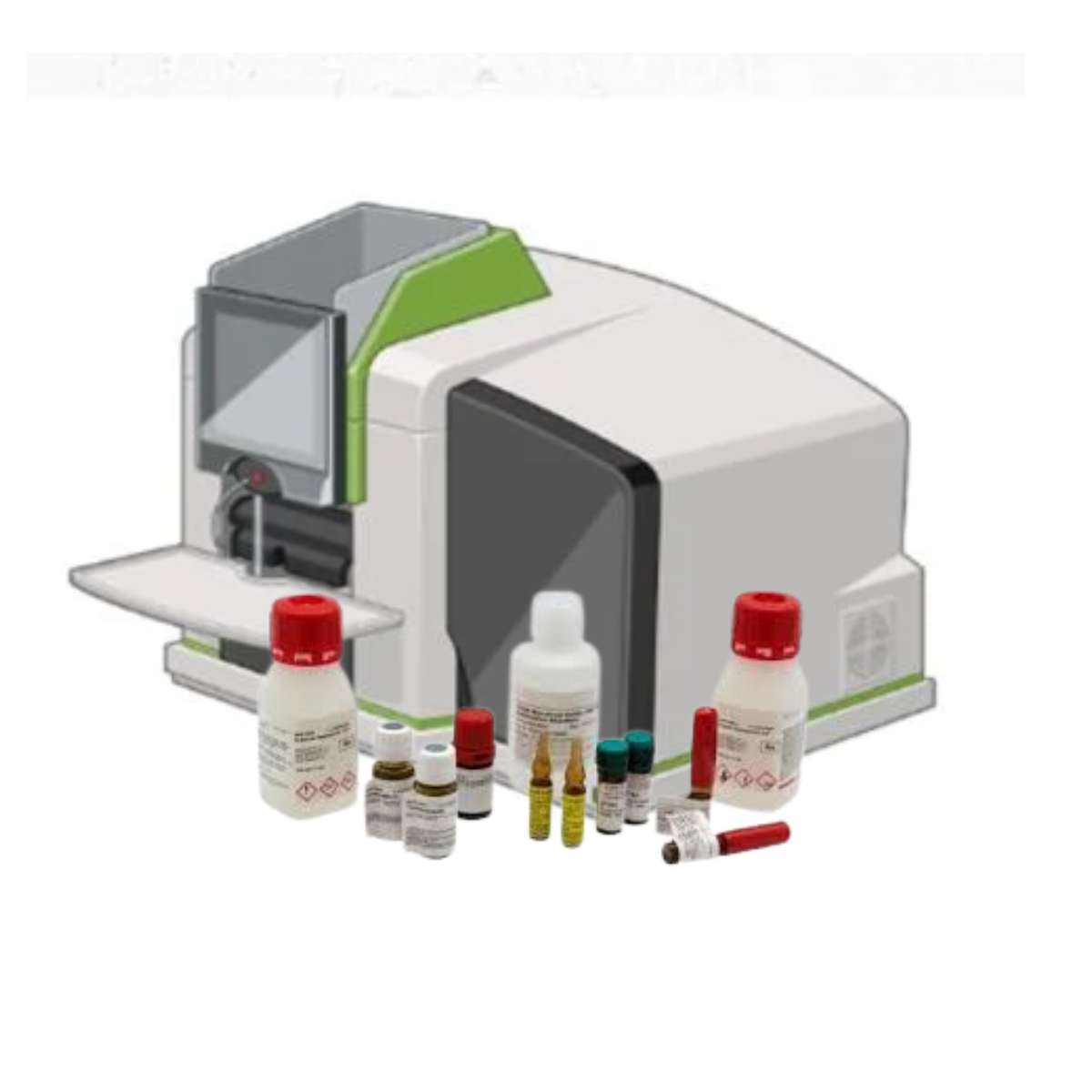


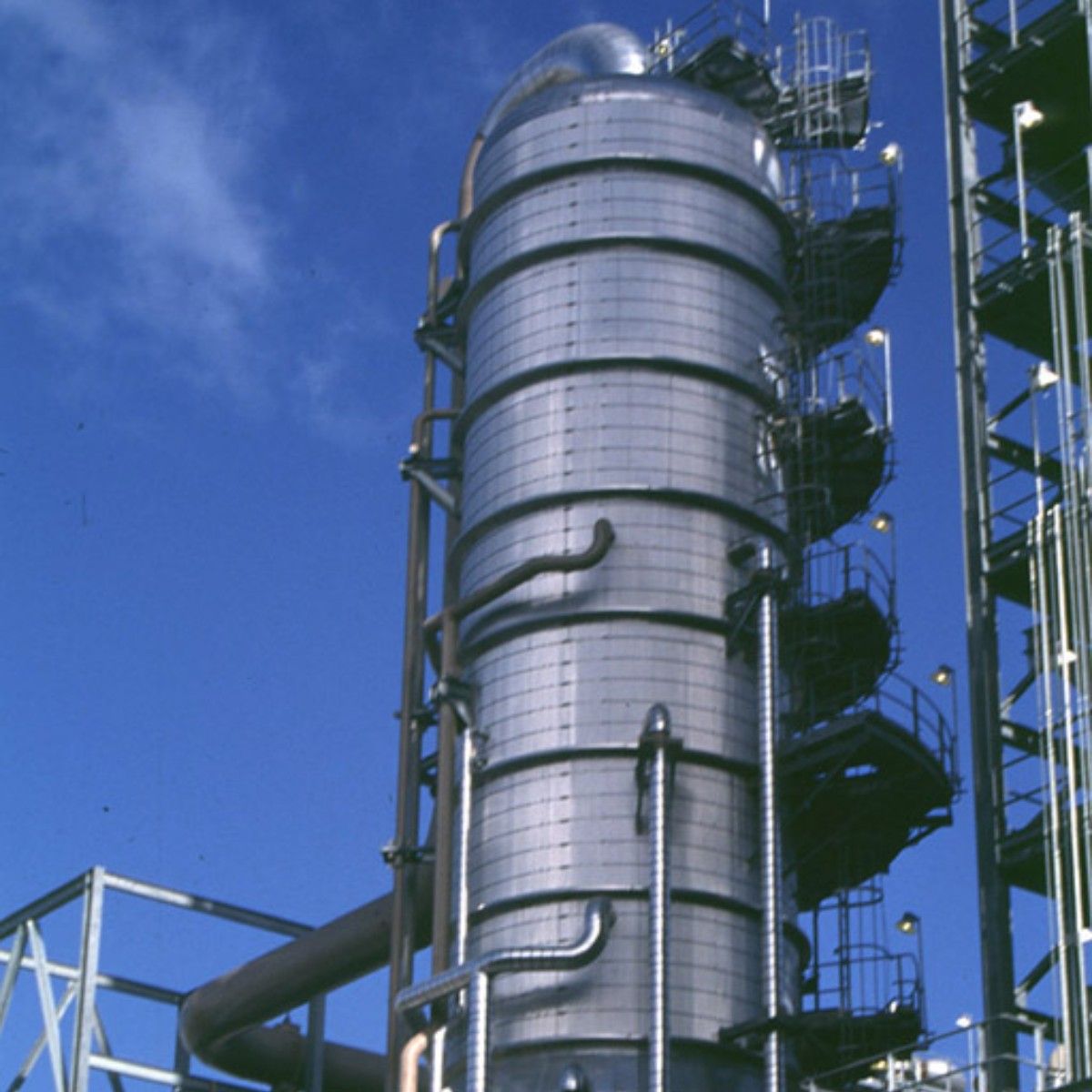
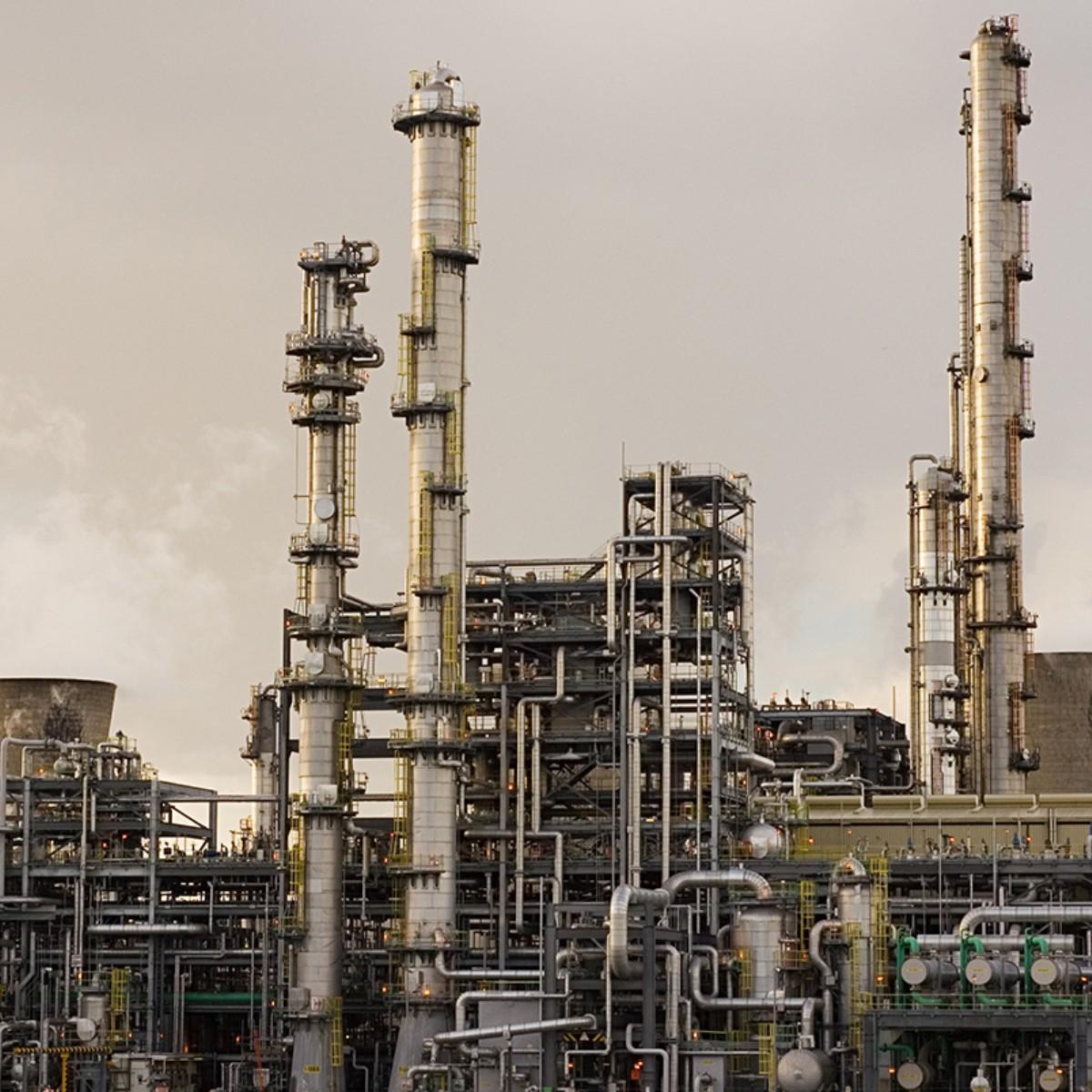

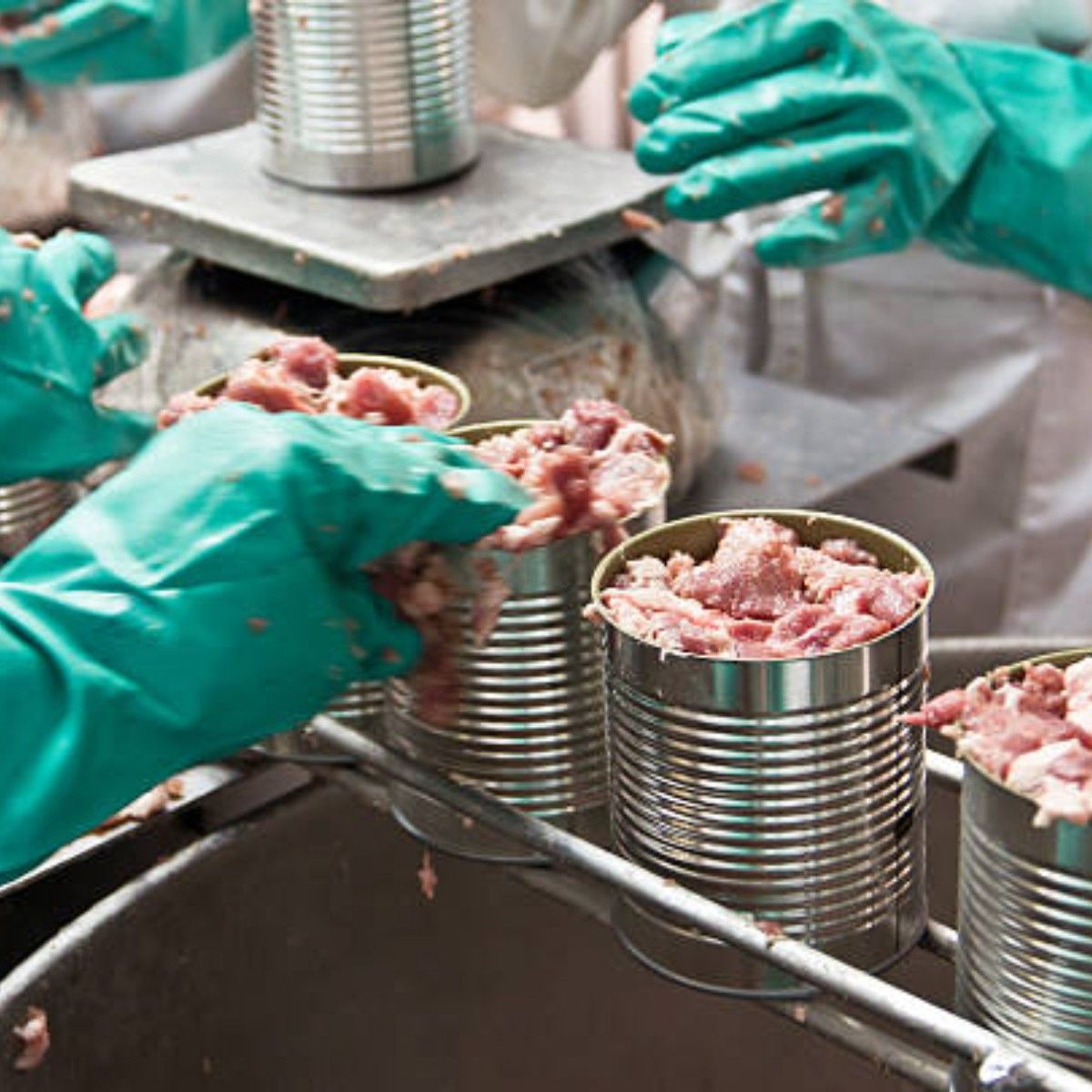

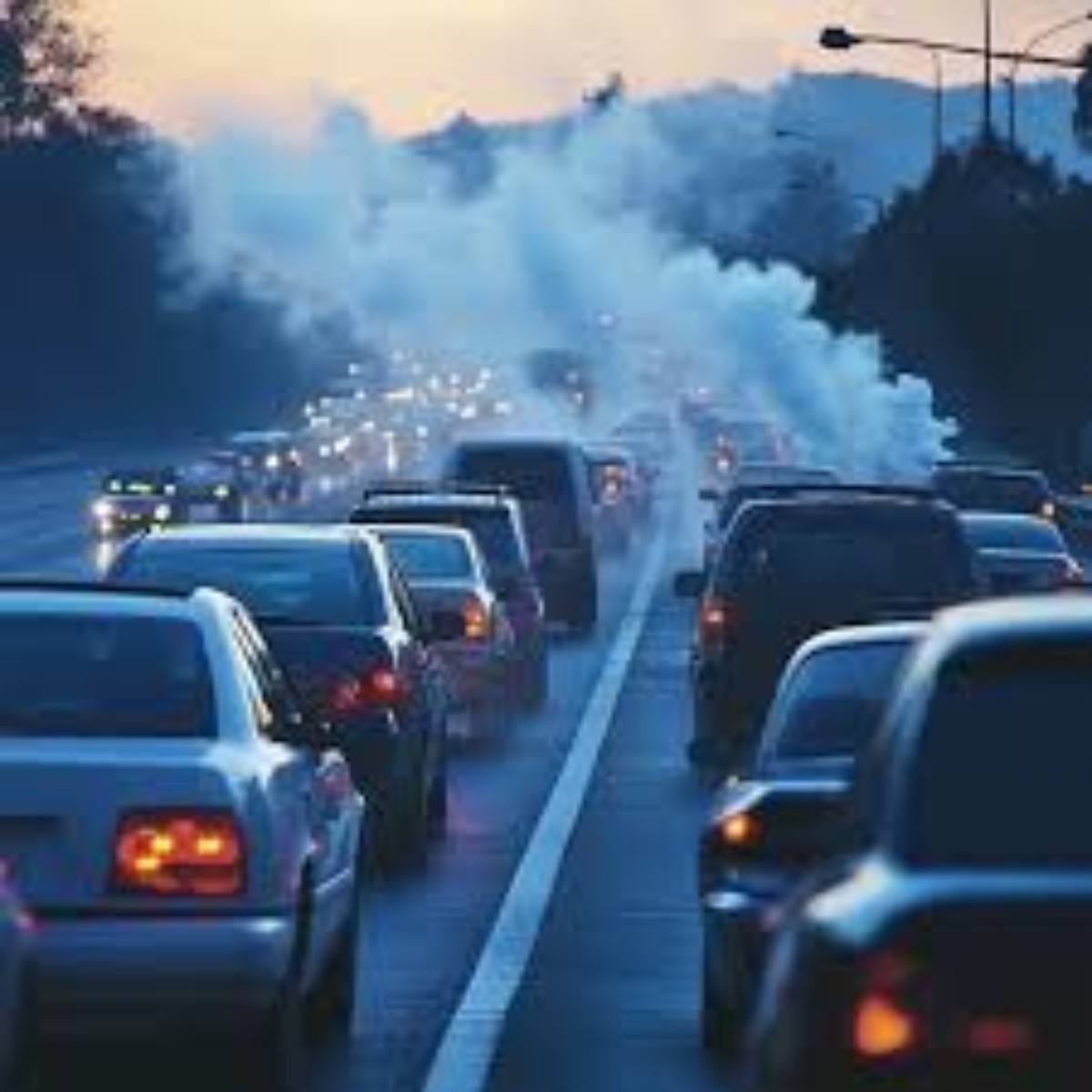
%20%26%20Metabolites%20Standard.jpeg)
%20Standards.png)
